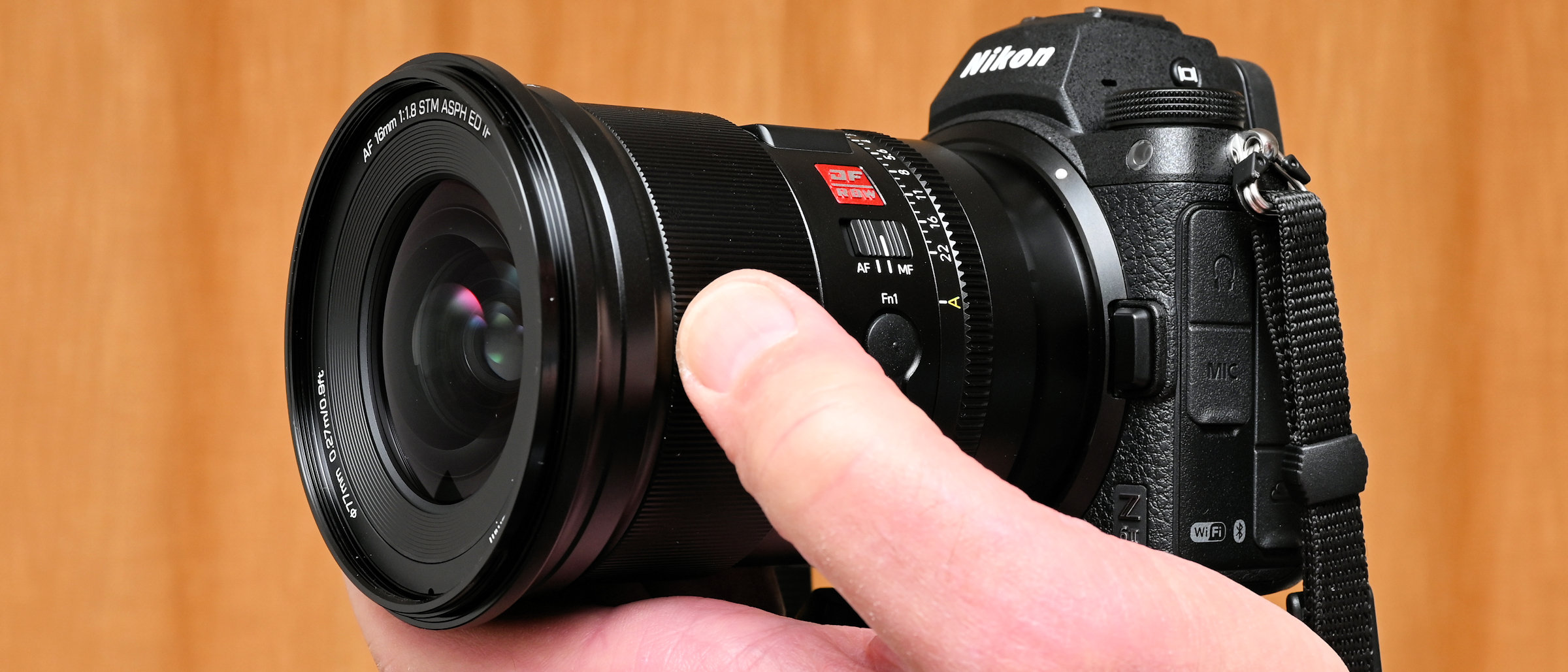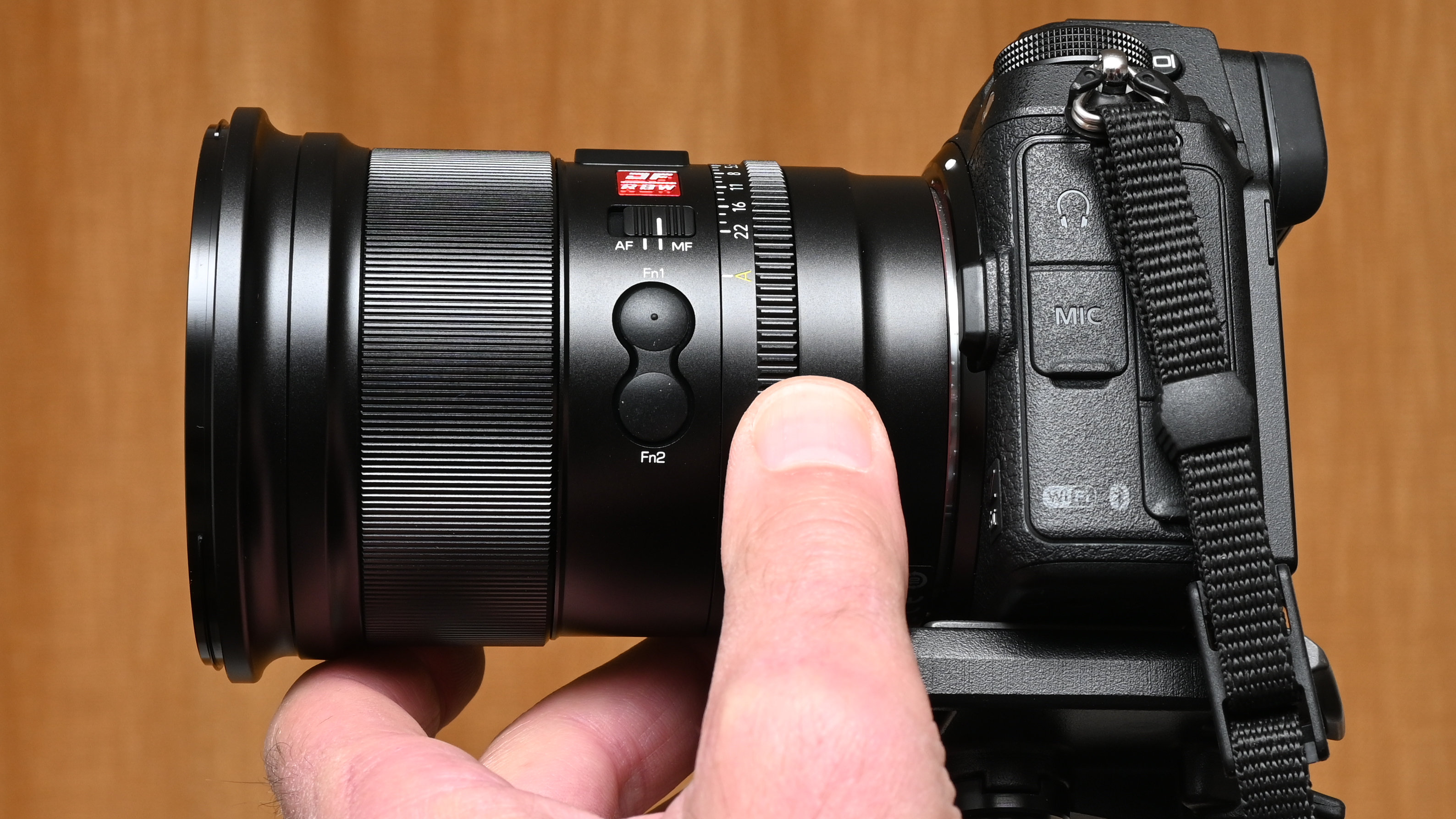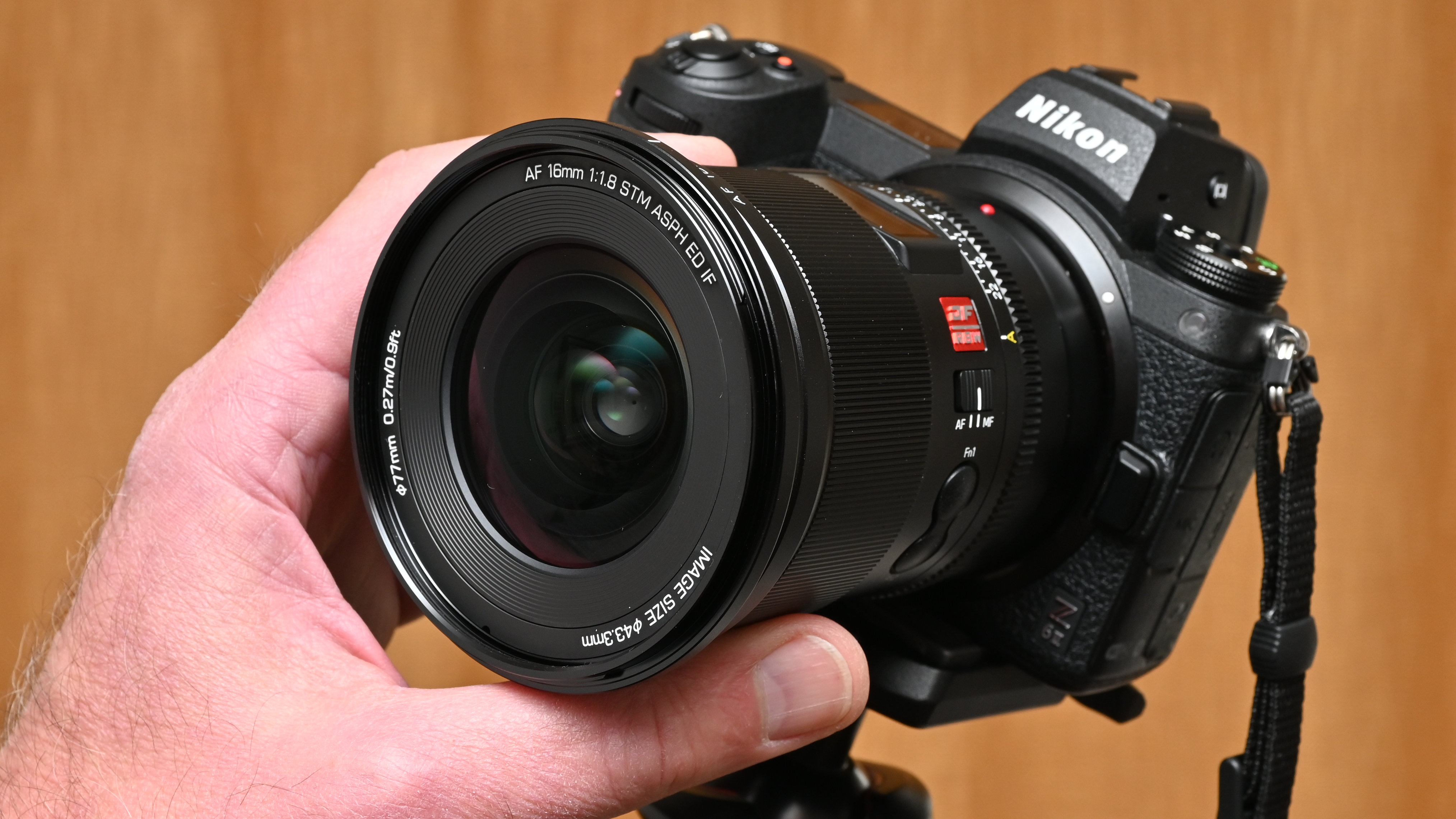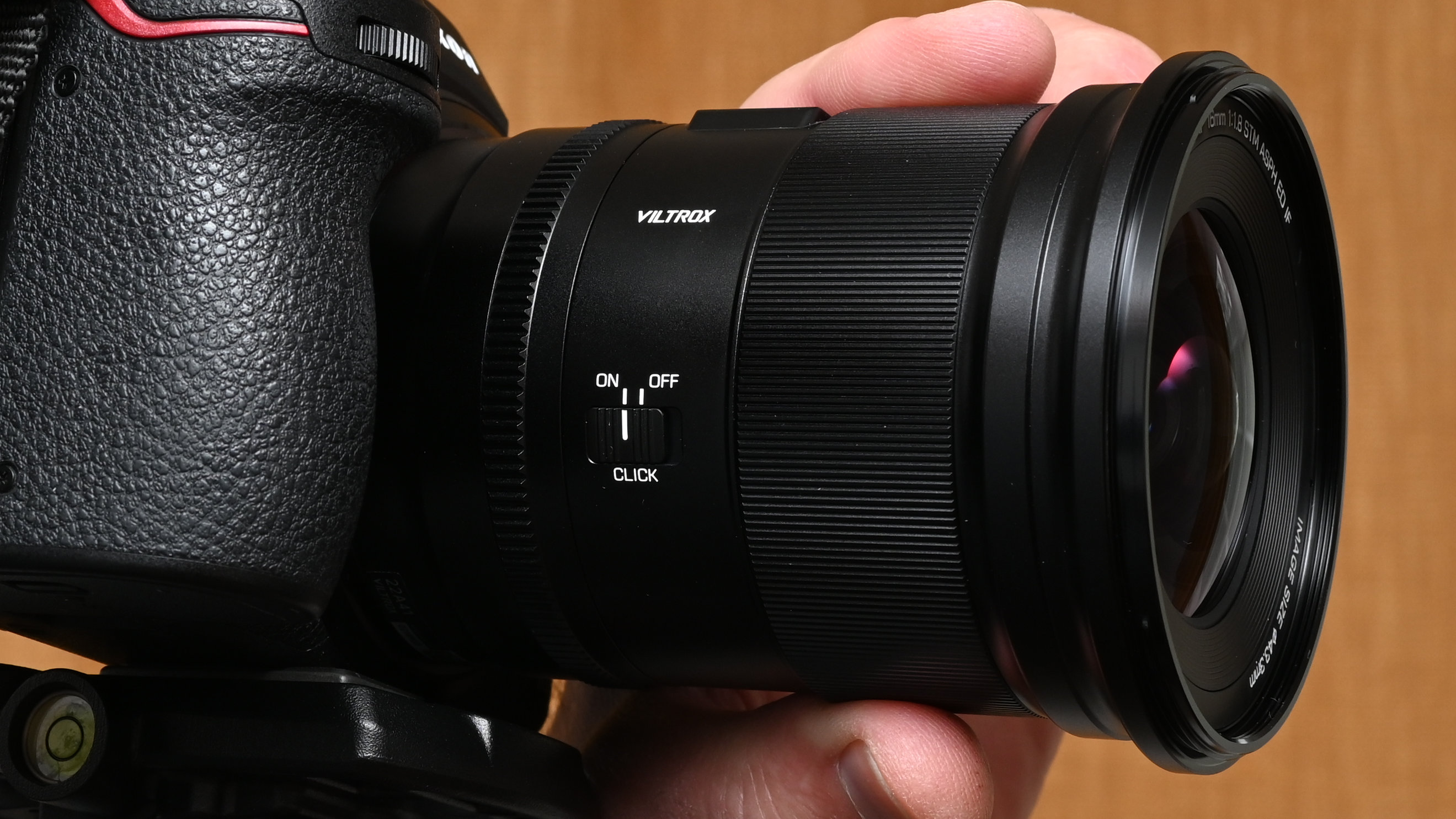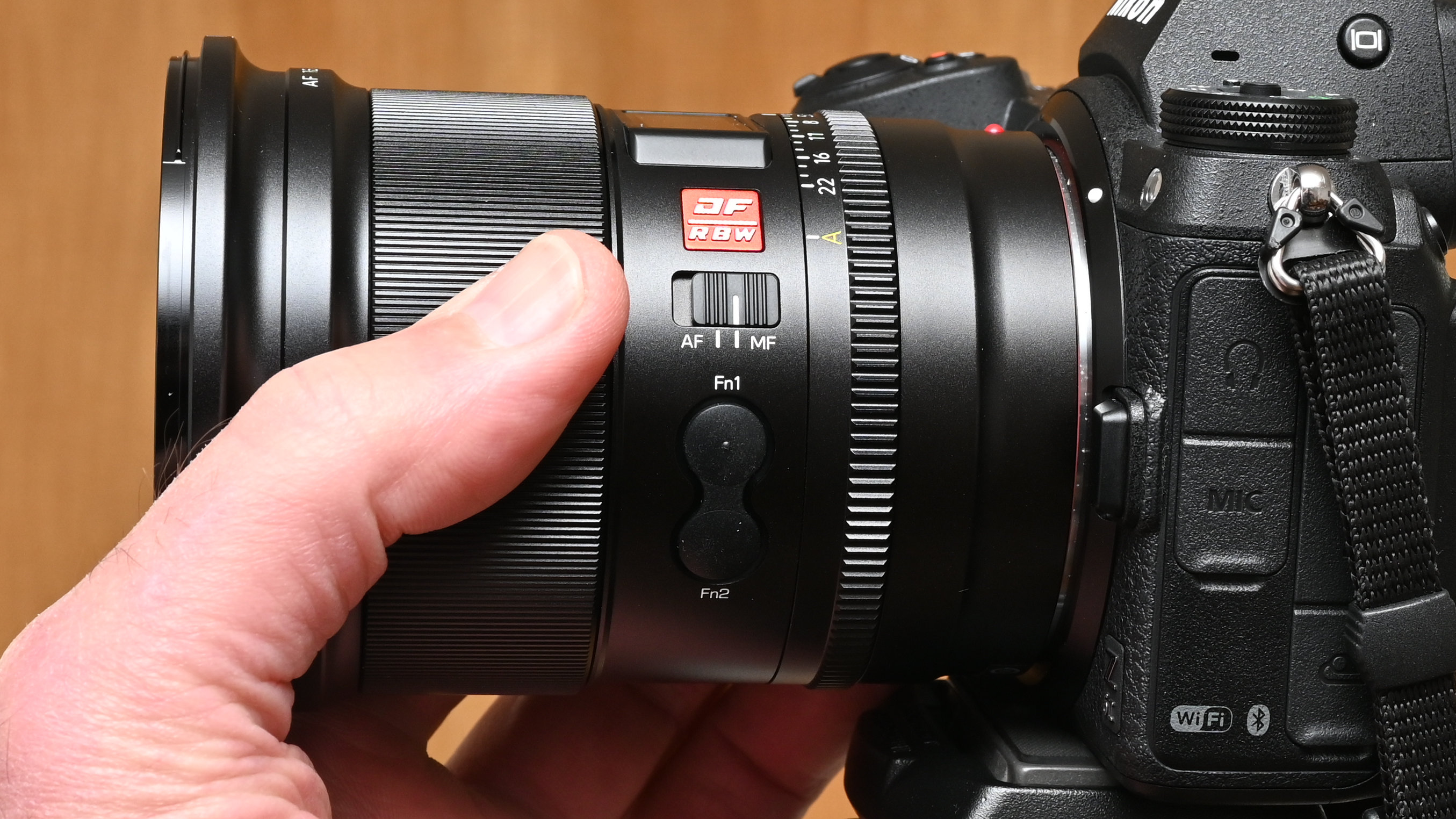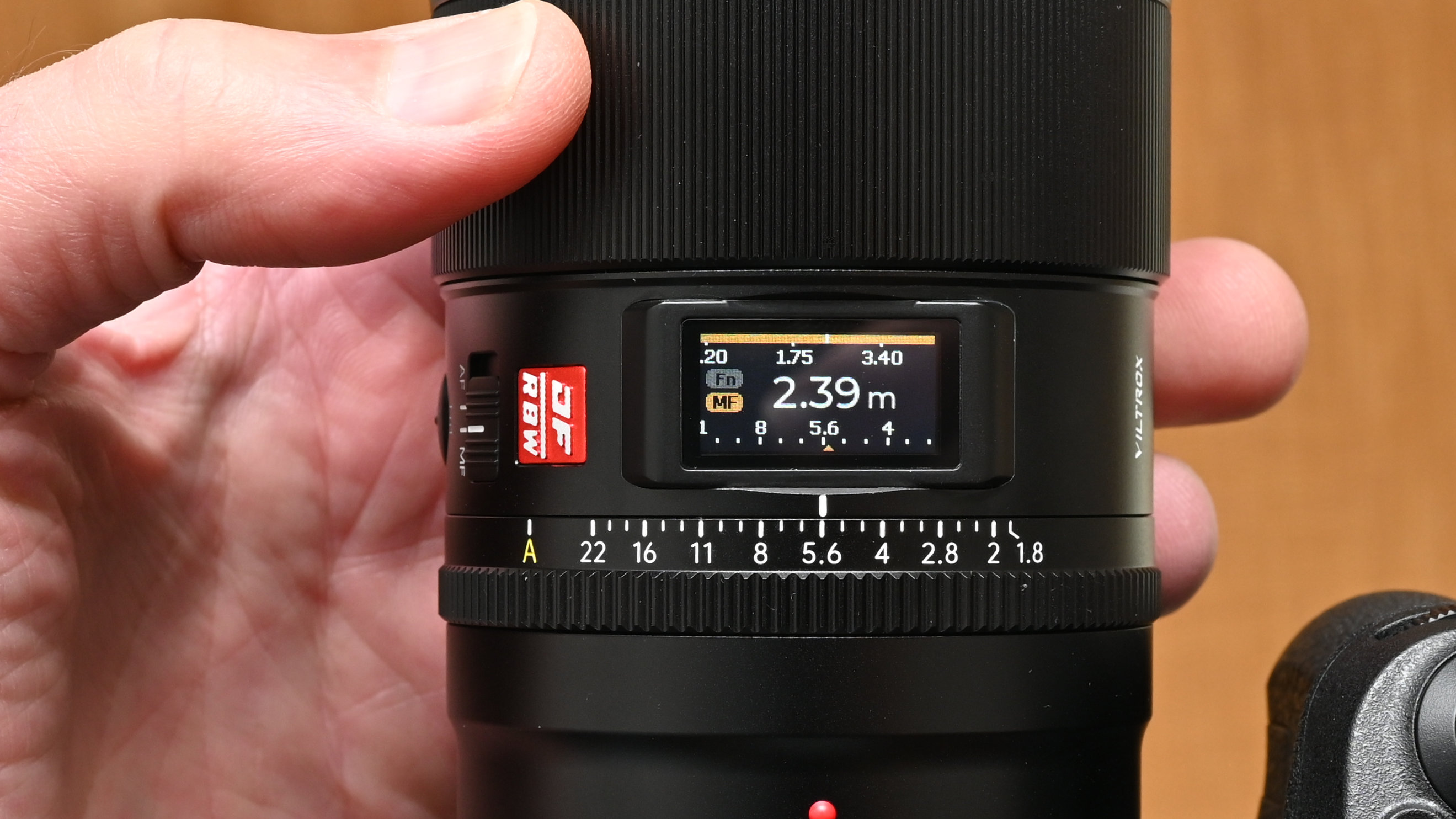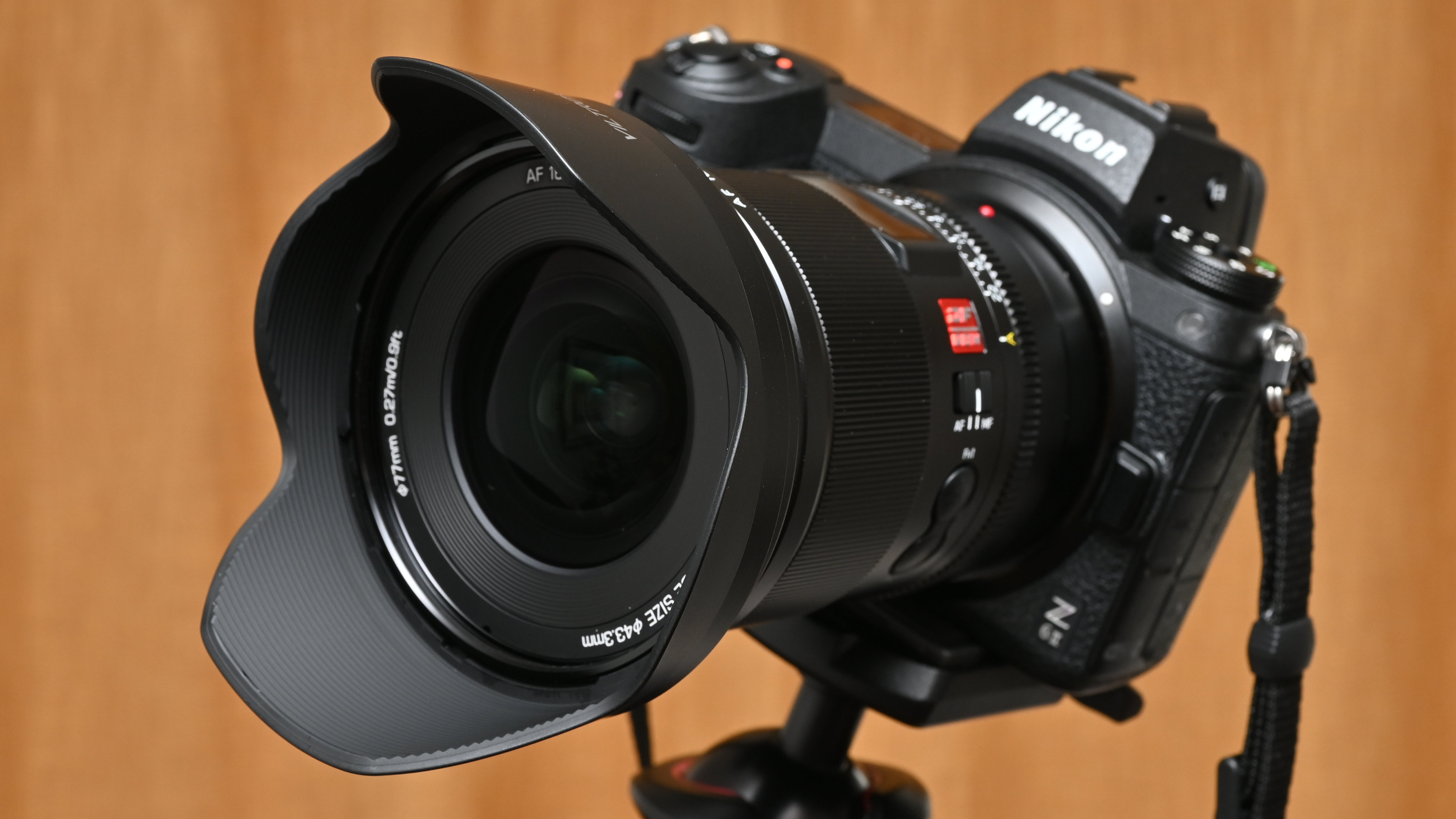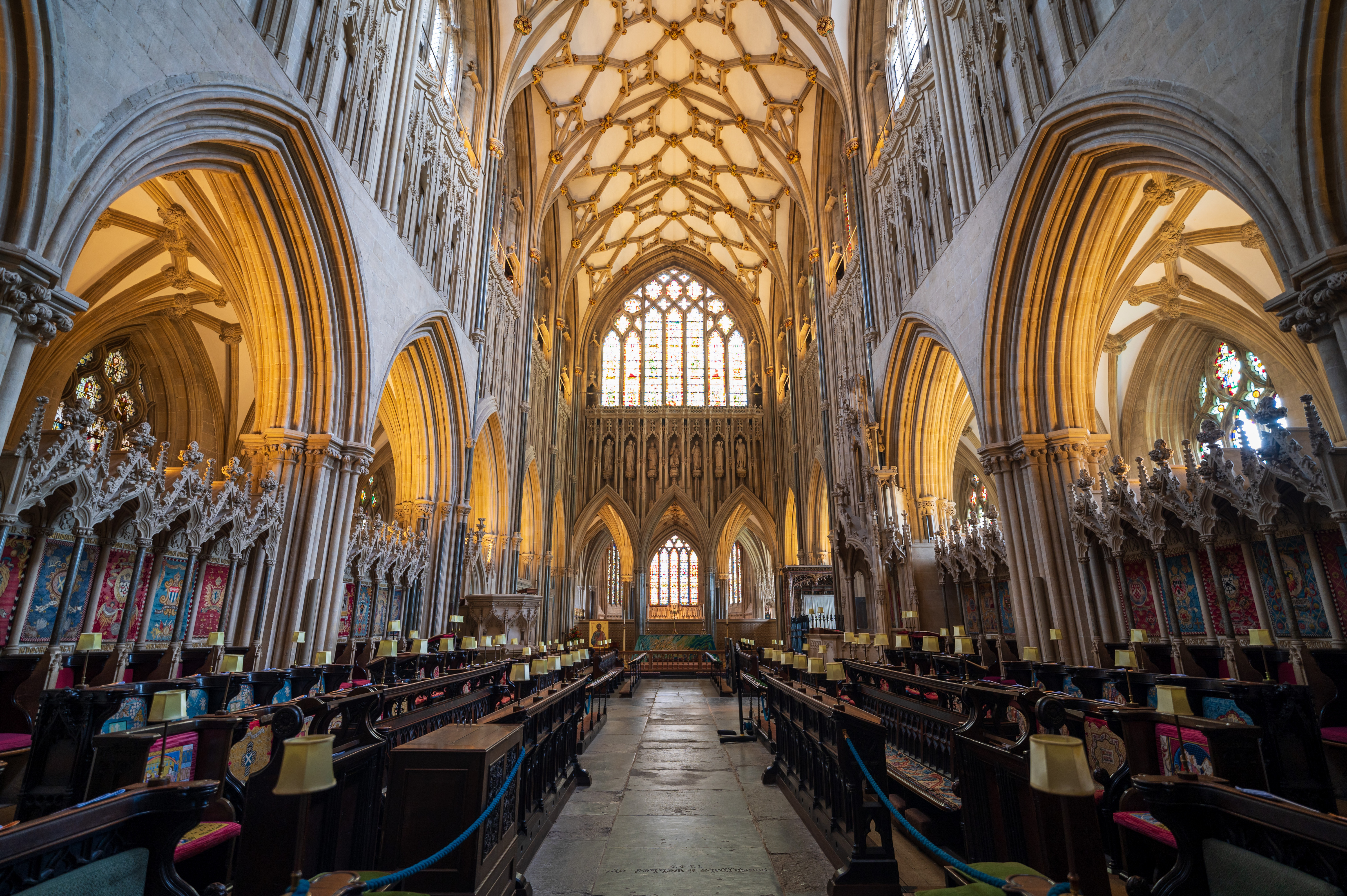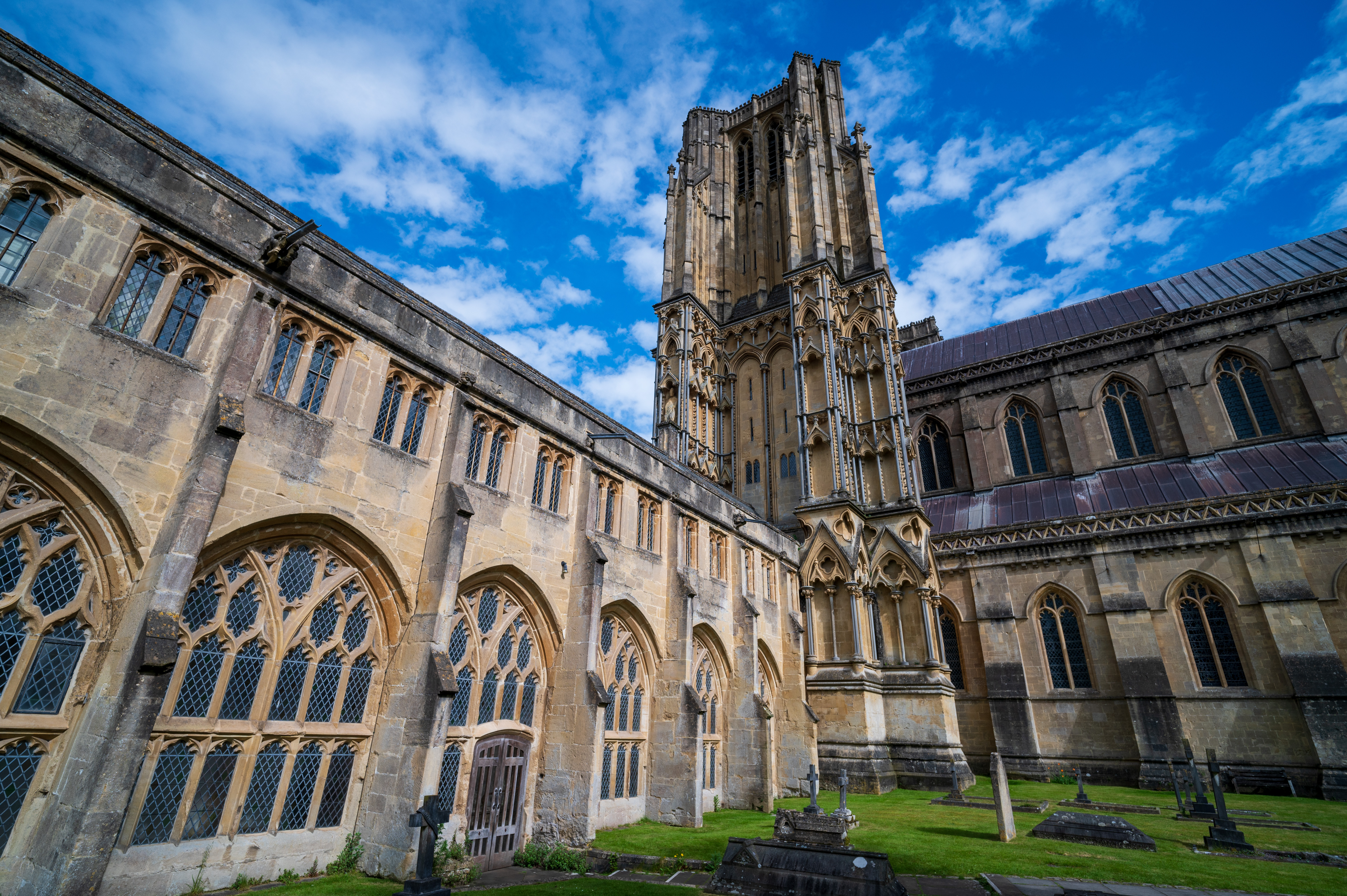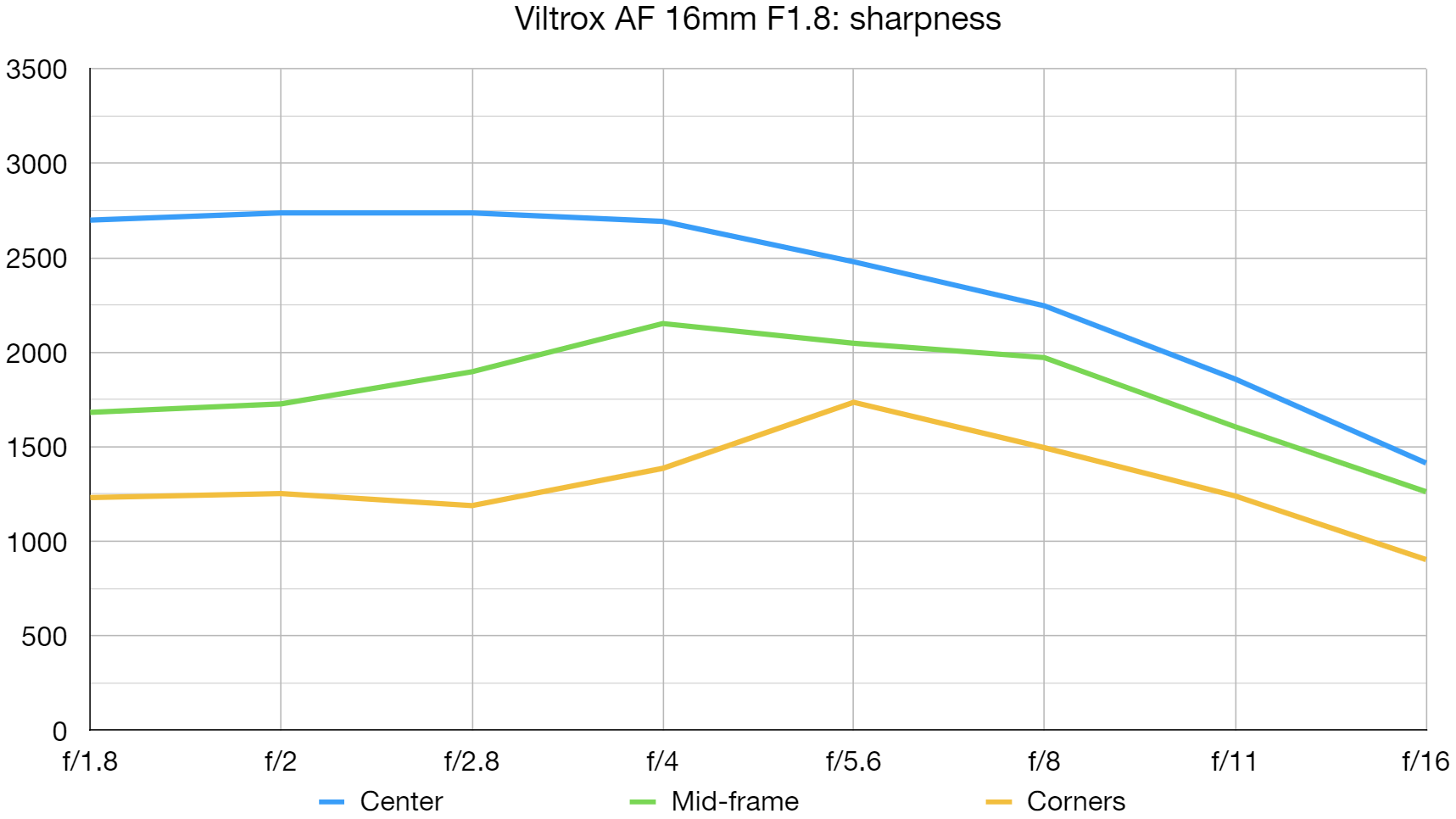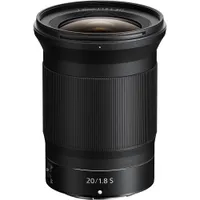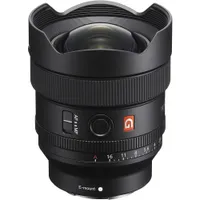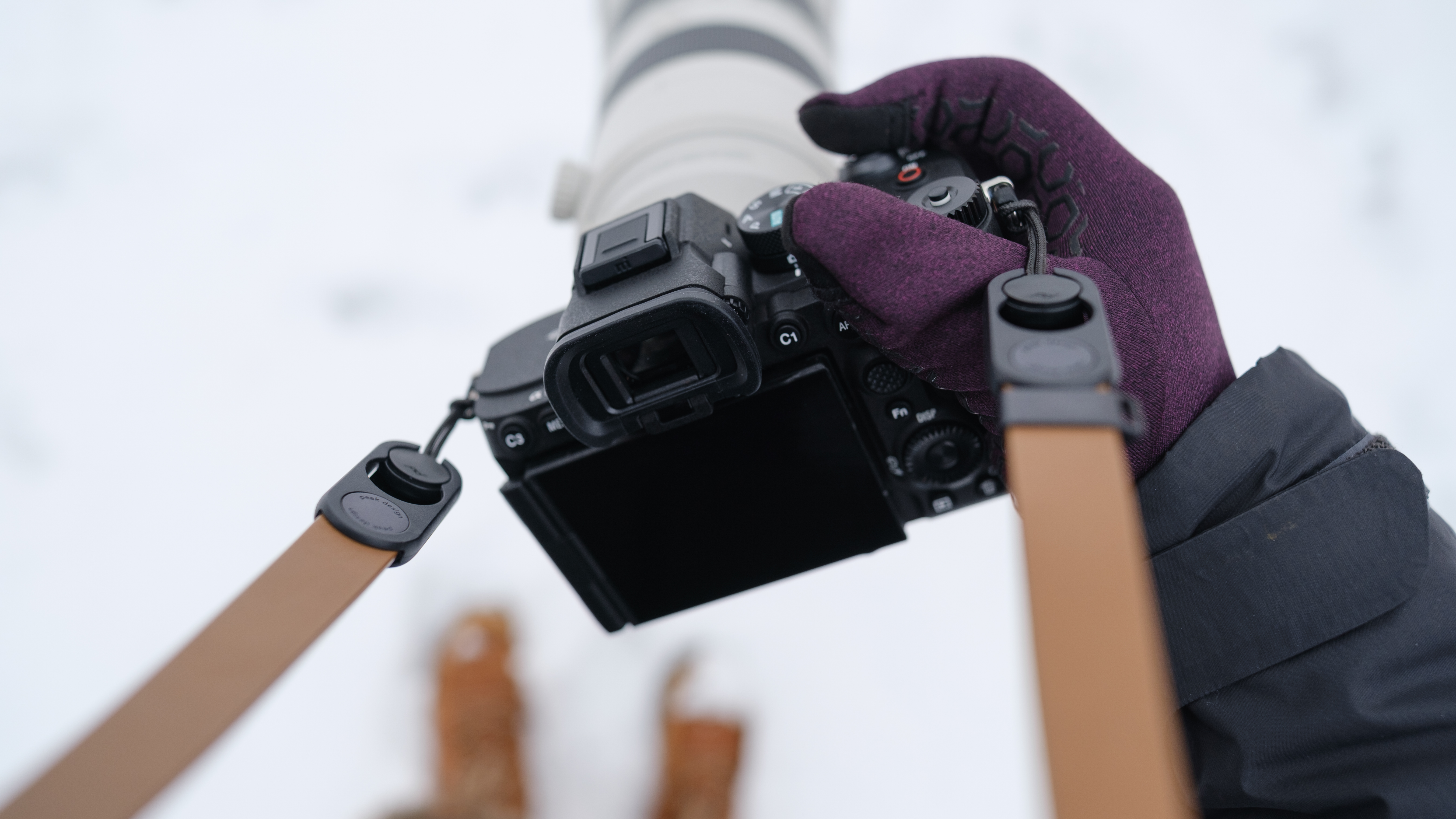Digital Camera World Verdict
I love the wow factor of the Viltrox AF 16mm F1.8 lens’s ultra-wide viewing angle. Sure, it’s not quite as wide as a typical 14-24mm f/2.8 ‘trinity’ zoom lens but the bright f/1.8 aperture is 1.33 f/stops faster. It’s a sophisticated lens that’s brilliant for everything from architectural interiors, though sweeping landscape vistas, to cityscapes and heavenly night skies. It’s particularly well suited to astrophotography and is a steal at the price.
Pros
- +
Superb all-round performance
- +
Excellent build quality
- +
Color LCD info screen
- +
Bargain price
Cons
- -
Limited range of mount options
- -
No aperture ring lock switch
Why you can trust Digital Camera World
The Viltrox AF 16mm F1.8 joins a growing range of Viltrox lenses that I’ve been hugely impressed with. I own quite a few, ranging from the low-budget but high-performance 13mm, 23mm, 33mm and 56mm f/1.4 primes to the more exotic but still very reasonably priced Viltrox AF 27mm F1.2 Pro. All of these lenses are for crop-sensor cameras, but I’ve also been impressed by the very compact, lightweight and unfeasibly inexpensive Viltrox AF 20mm F2.8 and Viltrox AF 40mm F2.5 for full-frame Nikon and Sony mirrorless cameras. The 16mm f/1.8 is a more up-market full-frame compatible lens but still great value at the price, considering just how much Viltrox has packed into the design. As such, it aims to be one of the best lenses for Nikon Z cameras, best wide-angle lenses for Sony cameras and even one of the best lenses for astrophotography.
Viltrox AF 16mm F1.8: Specifications
| Mount options | Nikon Z (FX), Sony E (FE) |
| Lens construction | 15 elements in 12 groups |
| Angle of view | 105.6 degrees |
| Diaphragm blades | 9 |
| Minimum aperture | f/22 |
| Minimum focus distance | 0.27m |
| Maximum magnification | 0.1x |
| Filter size | 77mm |
| Dimensions | 85x103mm |
| Weight | 550g |
Viltrox AF 16mm F1.8: Price
At launch in 2024, the Viltrox AF 16mm F1.8 for Nikon Z and Sony E mount cameras had a list price of $549/£515, making it a standout bargain considering the highly impressive feature set and build quality. The closest own-brand equivalents are the considerably less wide-angle Nikon Z 20mm F1.8 S at $1,047/£1,059, and the wider-angle Sony FE 14mm F1.8 G Master lens at $1,598/£1,399. For Sony shooters, there’s also the Sigma 14mm F1.4 DG DN Art at $1,599/£1,399. Suffice it to say that the Viltrox only costs between a third and half the price of these competitors. Unlike the Viltrox, the more ‘ultra-wide-angle’ Sony and Sigma lenses have built-in lens hoods and no filter attachment thread, which can be a drawback especially in landscape photography.
Viltrox AF 16mm F1.8: Design & Handling
So-called ‘trinity’ wide-angle zoom lenses are highly desirable but I feel they’re typically big, heavy and very expensive to buy. One of the attractions of my Nikon Z 6II and Sony A7II mirrorless camera bodies is that they’re reasonably compact and lightweight, and I feel the advantage is largely lost if I hang a relatively huge, hefty lens off the front of them. And let’s face it, many would argue that an f/2.8 aperture isn’t exactly ‘fast’. This Viltrox 16mm f/1.8 prime lens gives a still generous 105.6-degree viewing angle with a faster aperture, and I love that it’s relatively compact and lightweight, measuring 85x103mm and weighing 550g. For landscape shooting, I also love that it has a filter attachment thread, again unlike many wide-angle trinity zooms, and that thread has a modest diameter of 77mm, so filters aren’t massively expensive to buy.
The feature set is extensive, to say the least. There’s an onboard aperture control ring with a click/de-click switch, ideal for stills and video respectively. My only slight complaint is that there’s no locking switch to fix it in its Auto position for camera-driven aperture control.
Back on the plus side, there’s an AF/MF switch for easily setting the focus mode without delving into camera menus. There are also two customizable Lens-function buttons, for the likes of autofocus-hold and more besides. Autofocus itself is courtesy of the now typical linear stepping motor arrangement, delivering fast performance for stills and smooth, virtually silent transitions when shooting video.
A more novel feature of the lens is that it has a color LCD info screen at the top of the barrel. Given the lens’s suitability for astrophotography, it’s a genuine help when you’re working in the dark. It displays focus distance and aperture setting, and more besides. You can set A and B focus distances for automatically transitioning between the two. That can be really useful when shooting video. My first thought was that the LCD was a bit gimmicky but I quickly came to really appreciate it.
Naturally, no matter how sophisticated any lens is and how much handling exotica it features, the quality of the glass is the main event. The Viltrox doesn’t disappoint, with a complex optical path of 15 elements in 12 groups, including three aspherical elements and four ED (Extra-low Dispersion) elements, aiming to boost clarity and keep aberrations to a minimum. HD Nano multilayer coatings are applied to minimize ghosting and flare, and the front element has a fluorine coating to repel moisture and greasy fingermarks, as well as making the element easier to clean.
The best camera deals, reviews, product advice, and unmissable photography news, direct to your inbox!
I’m really impressed with the build quality of the lens. It has a sturdy metal barrel with extensive weather-seals, including a rubber gasket on its plated brass mounting plate. The mounting plate also plays host a USB C port for applying firmware updates, along with gold-plated electronic contacts for camera communication. All in all, build quality as well as the feature set are pretty amazing for a lens that’s so affordable to buy.
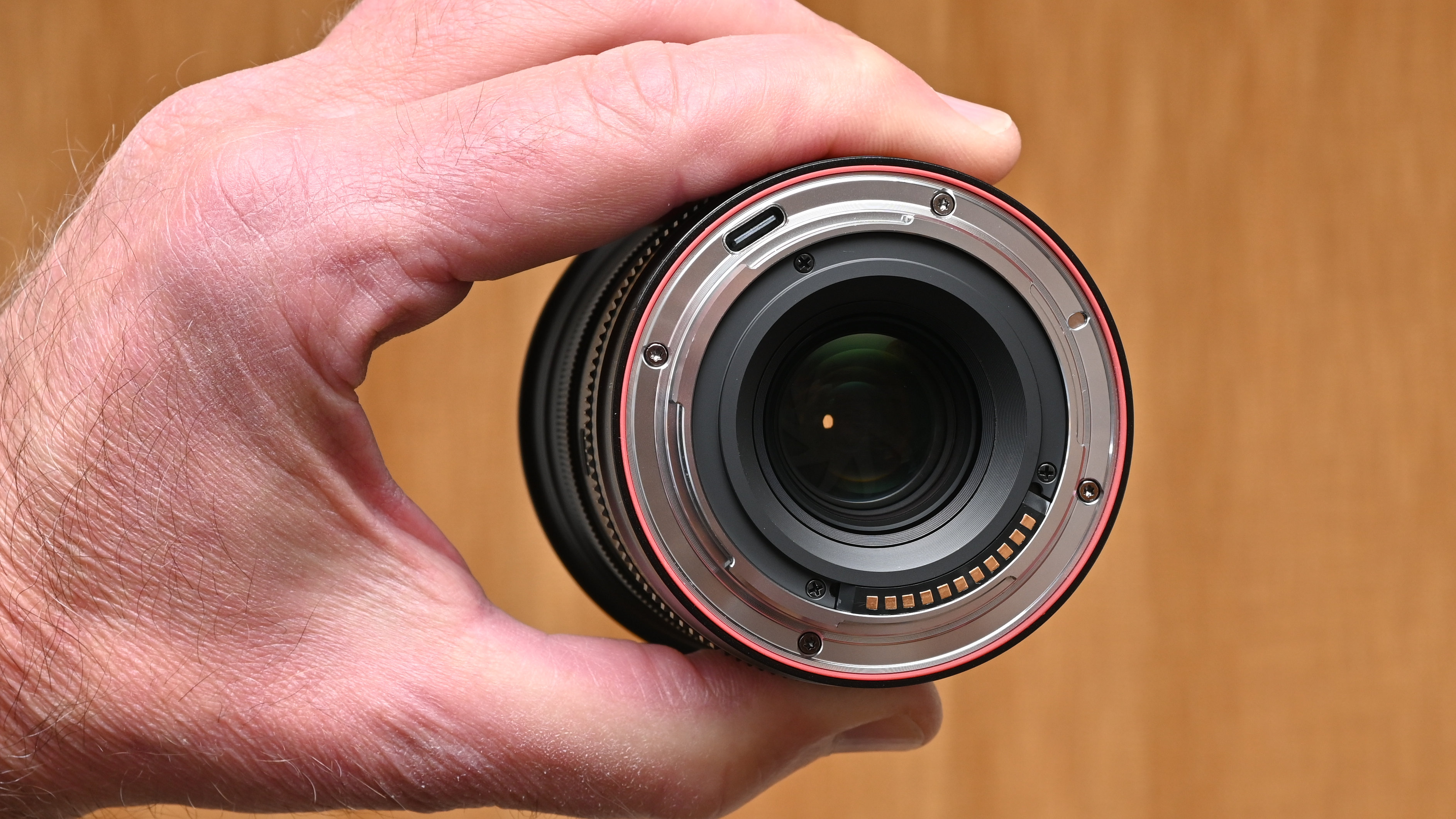
Viltrox AF 16mm F1.8: Performance
I had a thoroughly enjoyable time testing the lens with my Nikon Z 6II. Edge-to-edge sharpness wide open at f/1.8 is a big ask for such a wide-angle lens but the Viltrox proved very impressive. That’s a definite plus point for astrophotography and the likes of nighttime cityscapes when I want to avoid overly long shutter speeds. Another bonus in these scenarios is that the lens keeps a tight rein on coma, so pinpoint lights don’t appear as if they’ve grown comet tails nor take on more complex and irregular shaped ‘batwing coma’. Performance is very good in this respect, right out to the edges of the frame.
Stopping down a little, corner-to-corner sharpness really gets into its stride. Under low lighting conditions, for example when shooting architectural interiors, slower shutter speeds at less than wide apertures can bring the risk of camera-shake but I found that my camera’s IBIS (In-Body Image Stabilization) worked very well with the lens. I wouldn’t expect optical image stabilization in this type of ‘fast’ wide-angle lens, so wasn’t disappointed at the lack of it. I found that autofocus was not only fast and virtually silent, but also consistently accurate all of the time.
There’s noticeable vignetting at very wide apertures, which I’d entirely expect, but the auto correction for this in my Nikon camera gave an effective reduction. I actually quite like the option of having vignetting (or not) for creative effect, simply by disabling or enabling the in-camera correction.
I found that other aberrations were also kept well under control. There was very little evidence of color fringing, even around high-contrast transitions towards the edges and corners of the image frame. Distortion is also of a low order for such a wide-angle lens, again, even without relying on automatic in-camera correction. Overall, I’m really impressed by the image quality and all-round performance of the Viltrox 16mm. It looks, feels and performs like it should be a vastly more expensive lens.
Viltrox AF 16mm F1.8: Sample Images
The example shots in the following gallery were taken in the Somerset city of Wells in the UK, using a Nikon Z 6II. They comprise interior shots of Wells Cathedral and photos of the Bishop’s Palace & Garden, the latter in overcast conditions where the lens does well to maintain clarity and contrast.
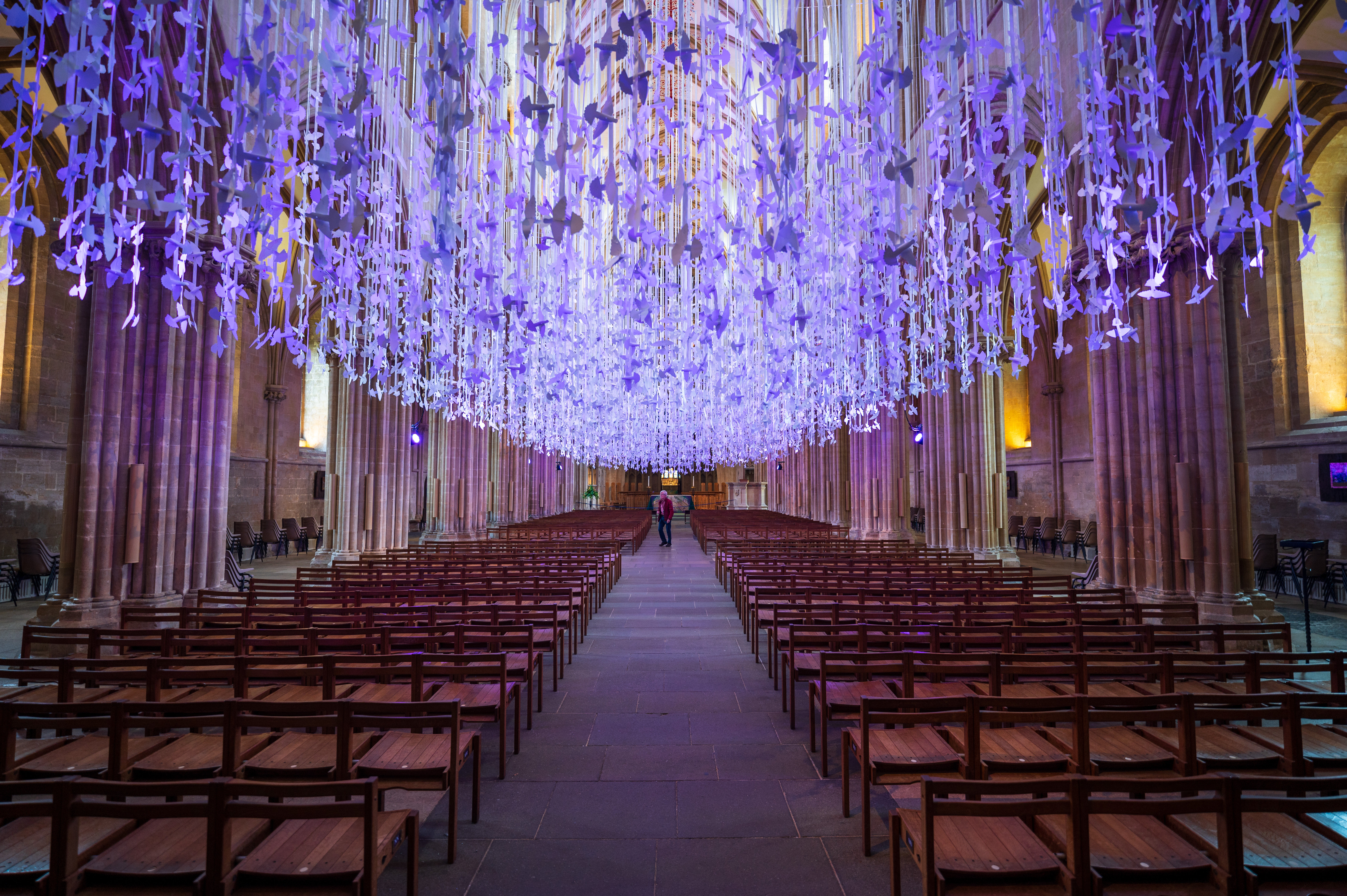
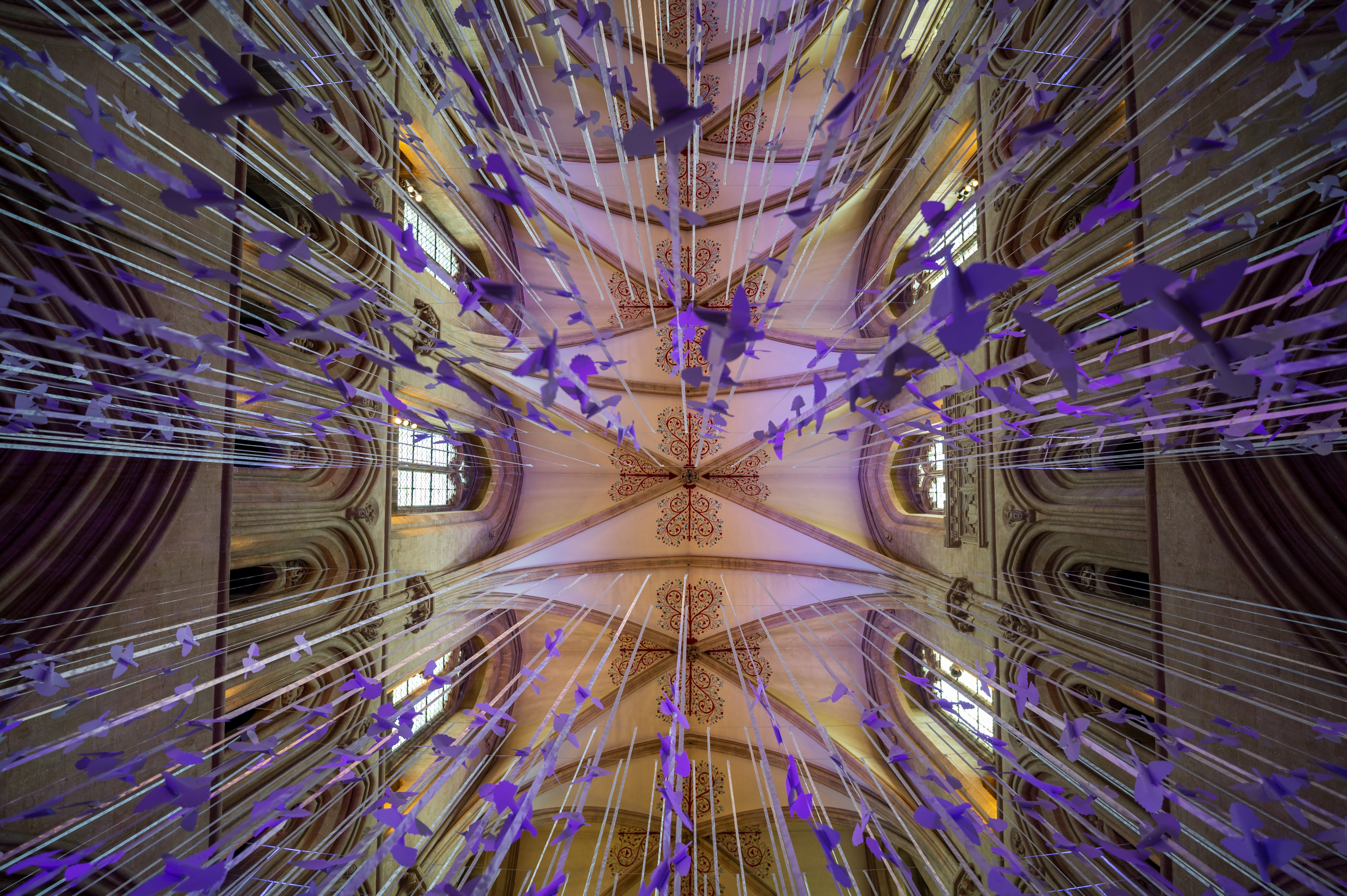
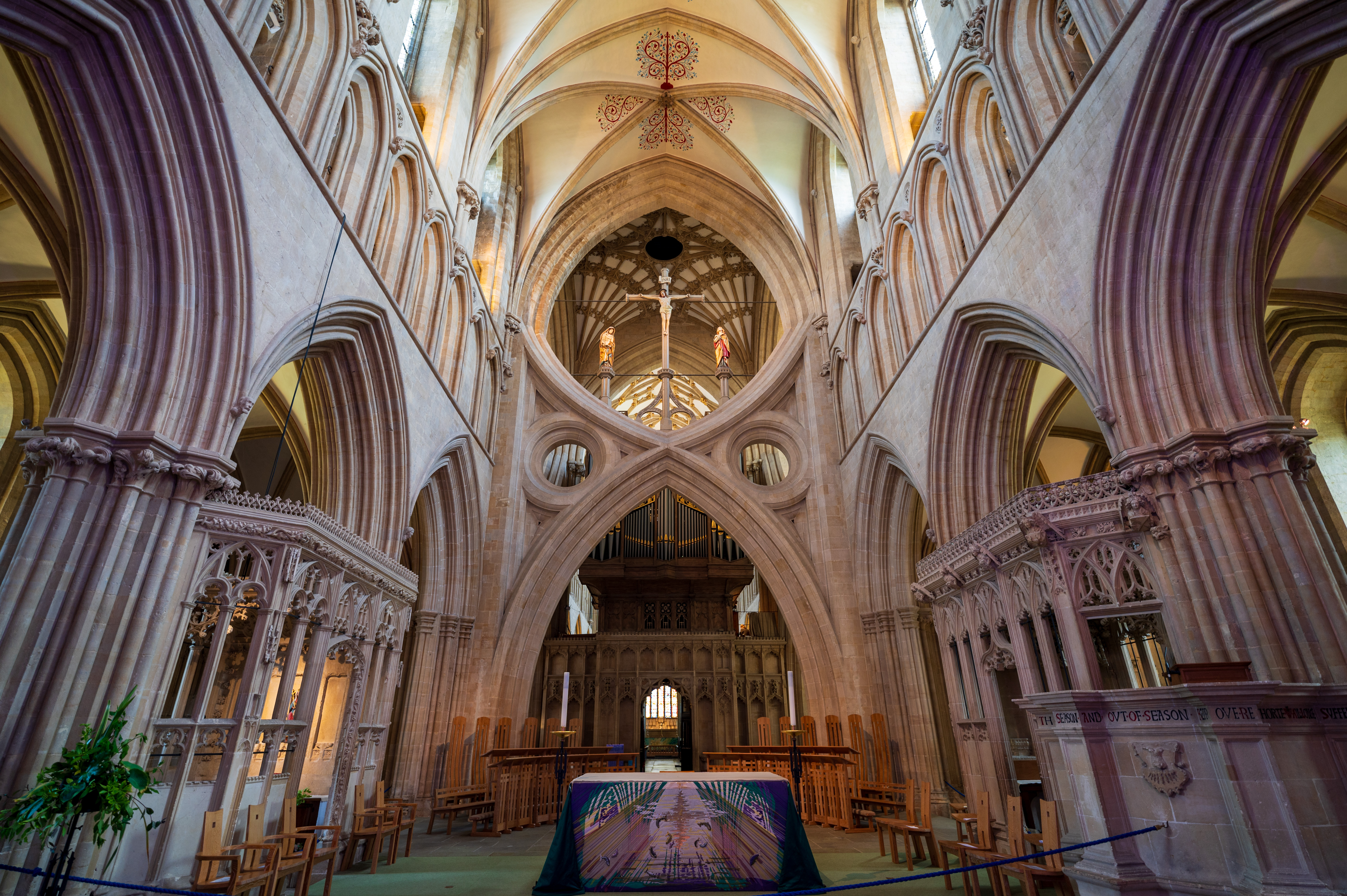
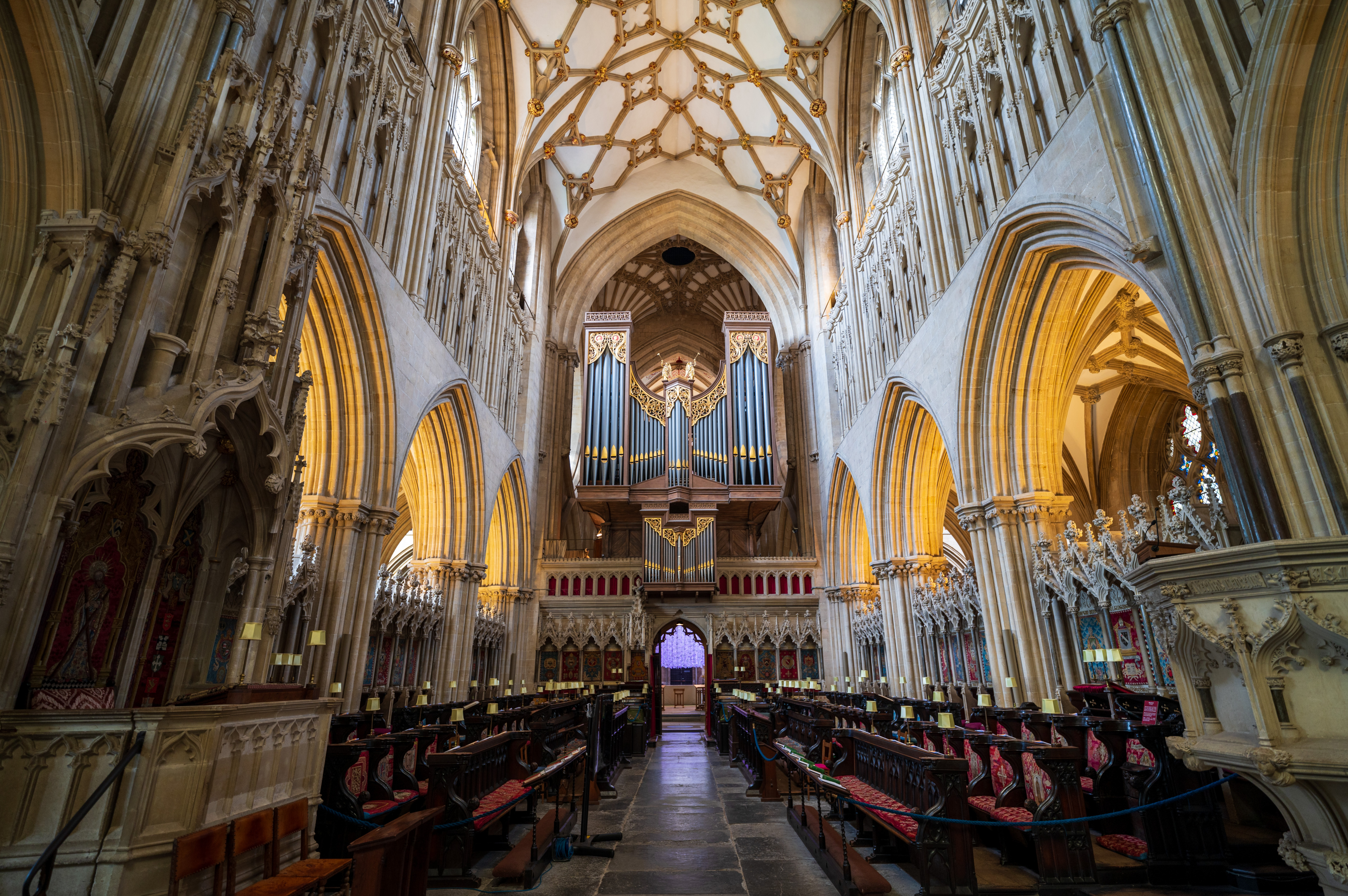
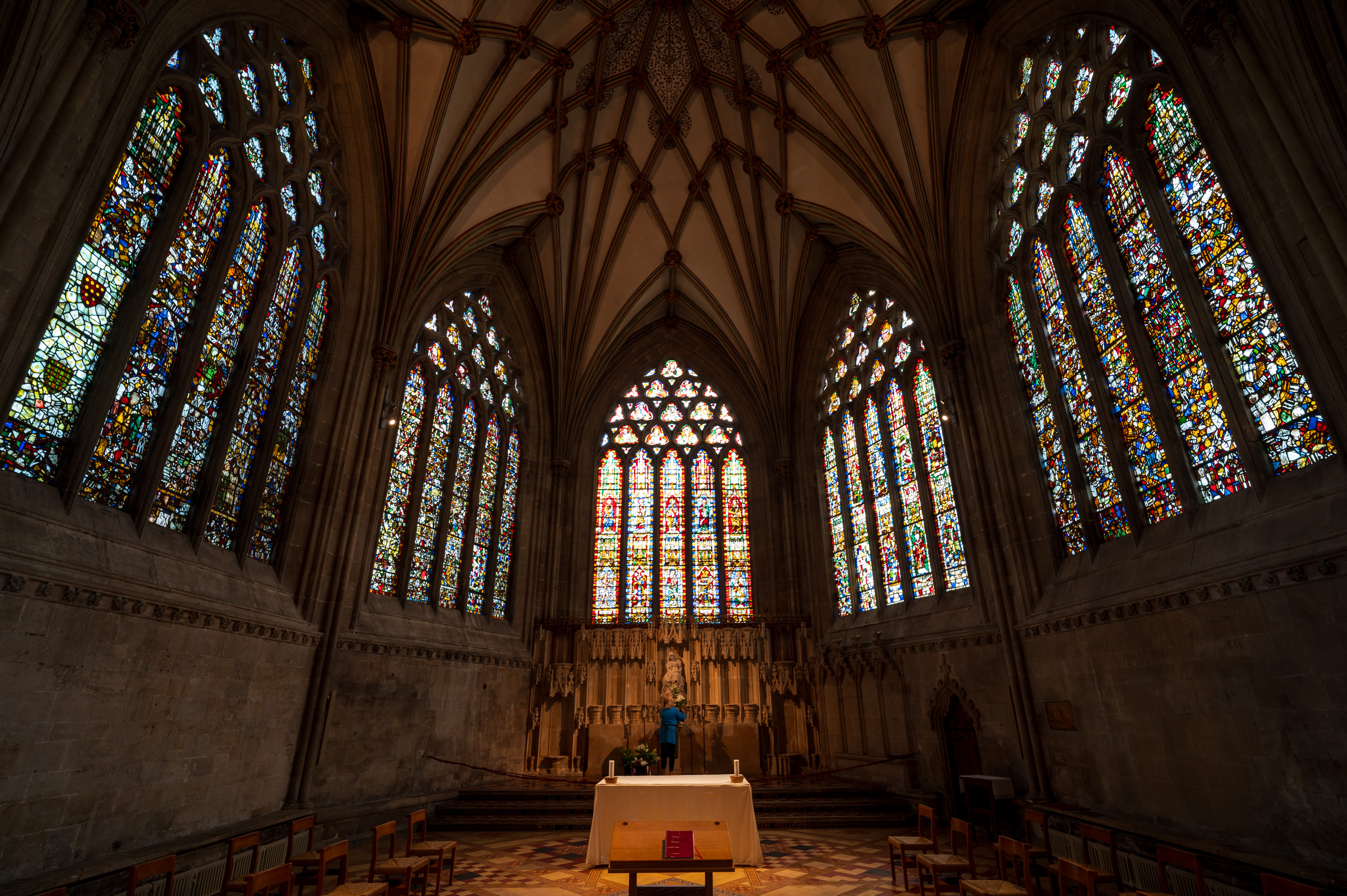
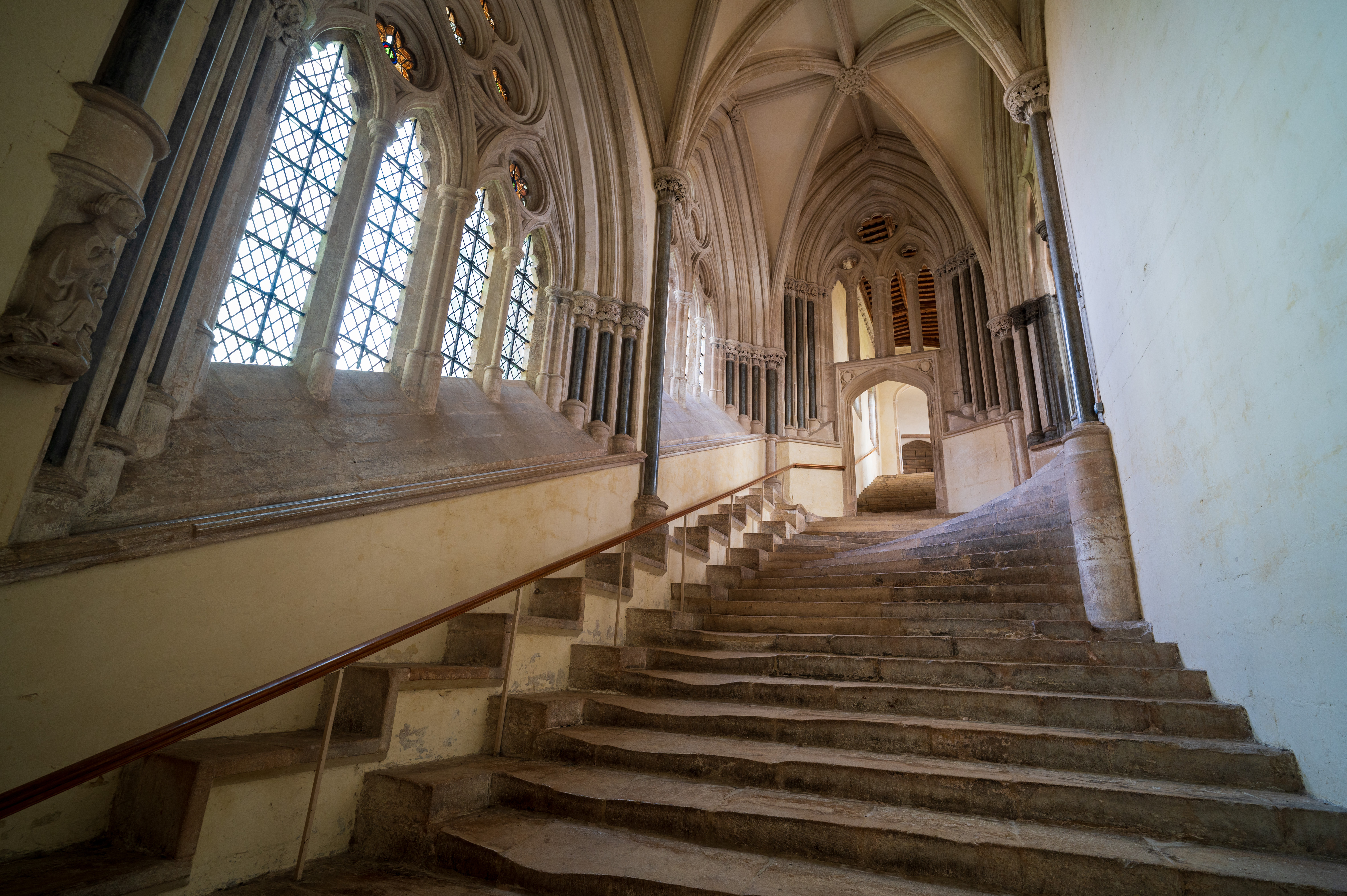
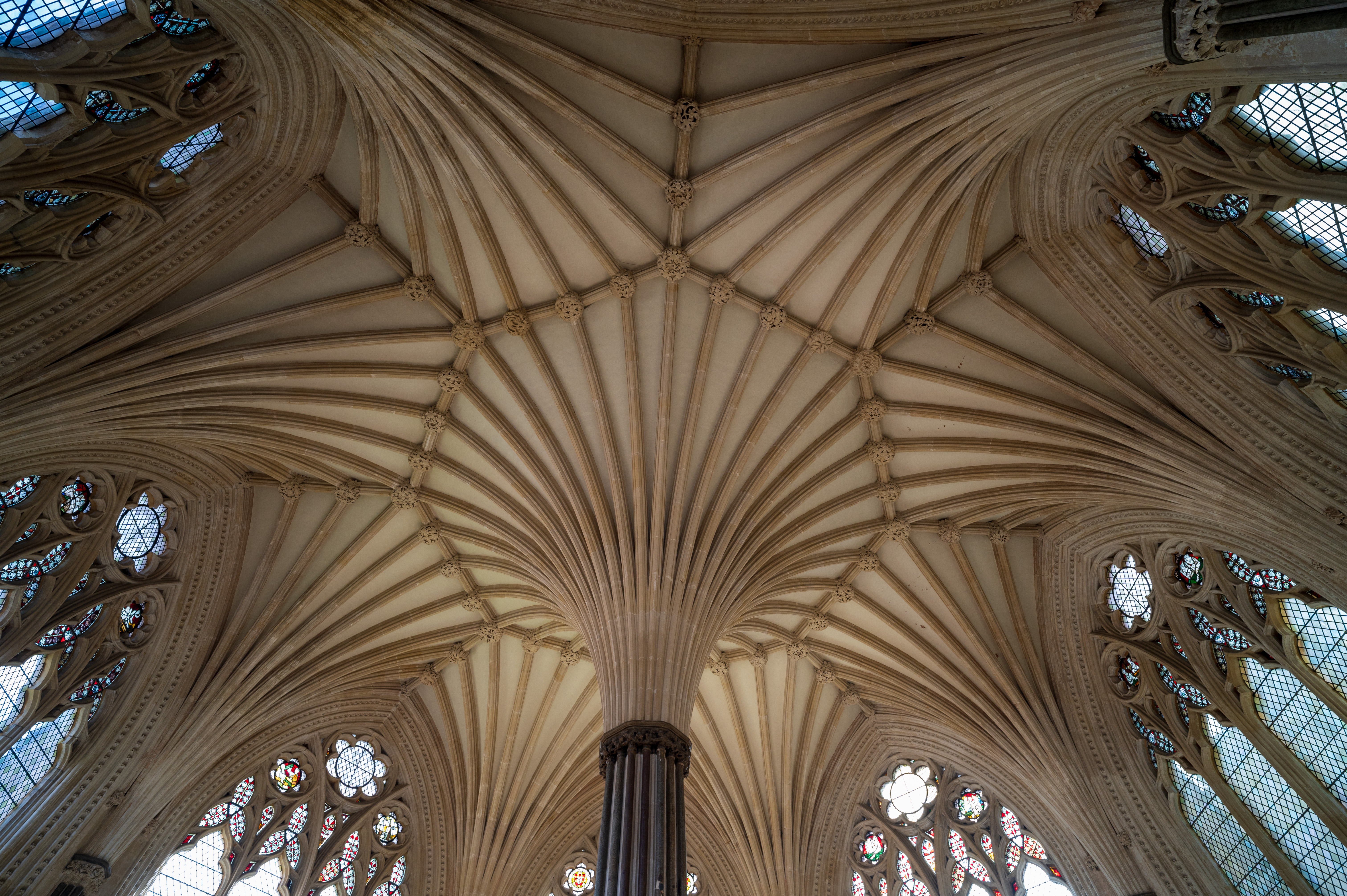
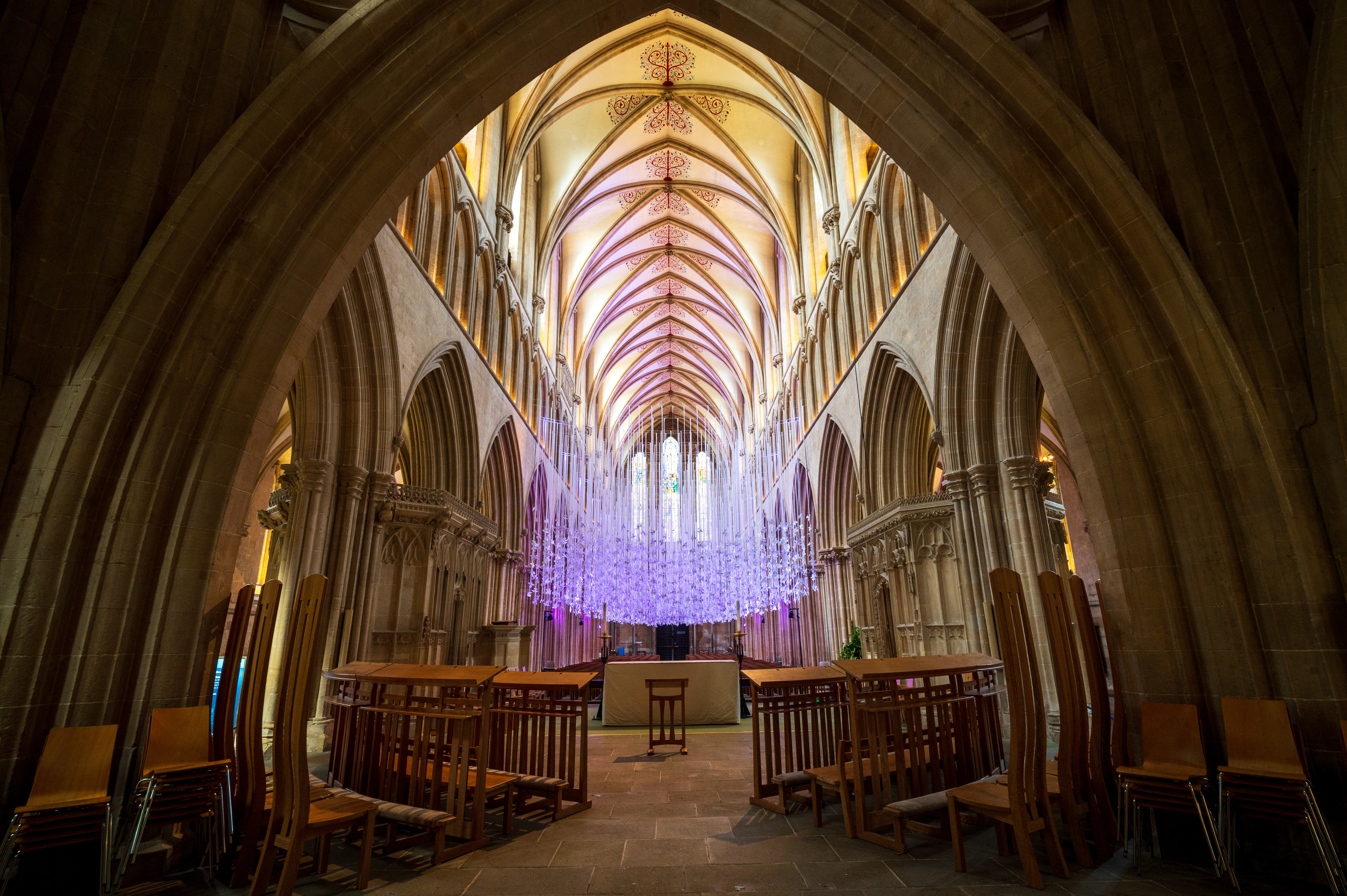
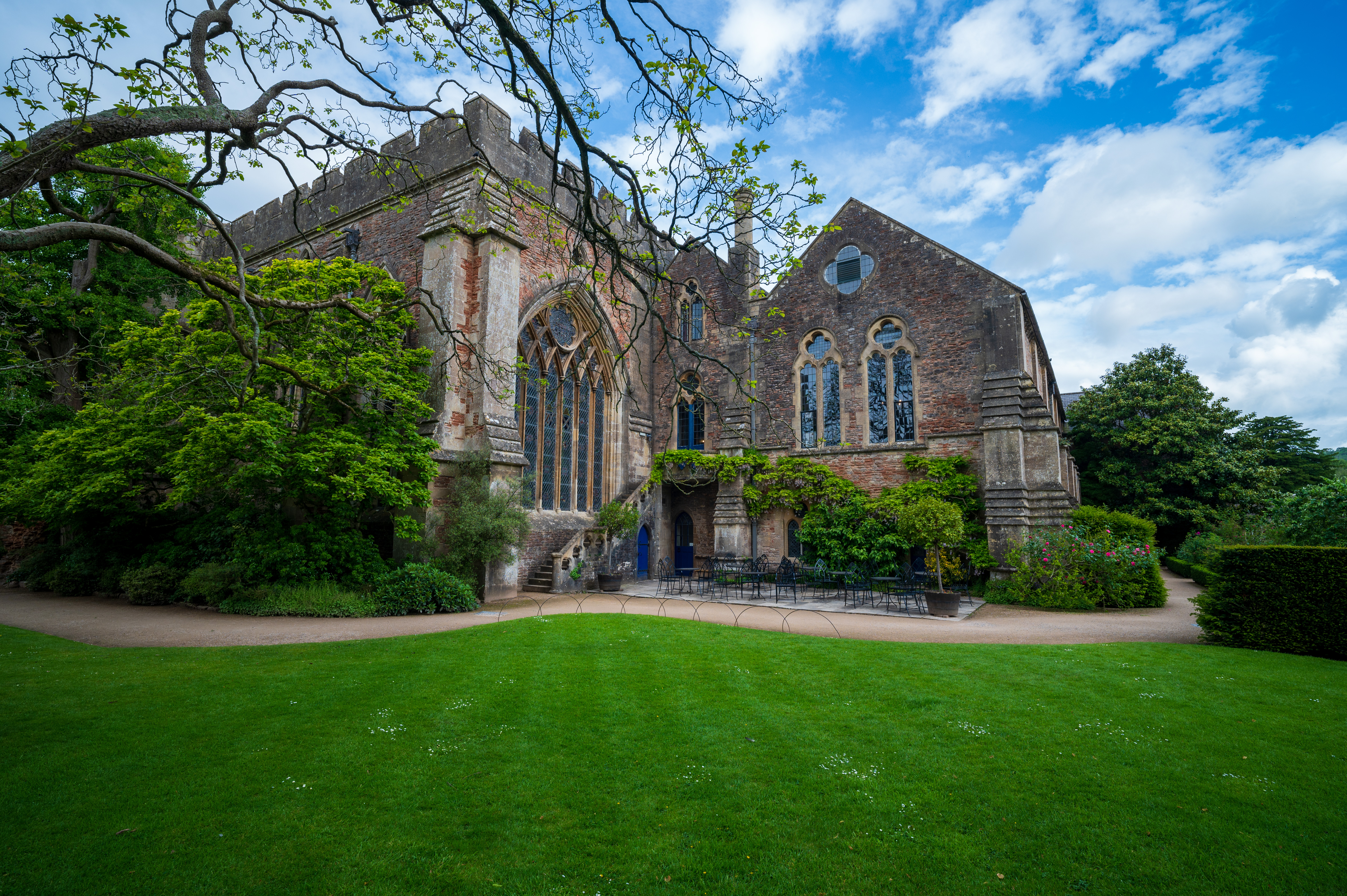
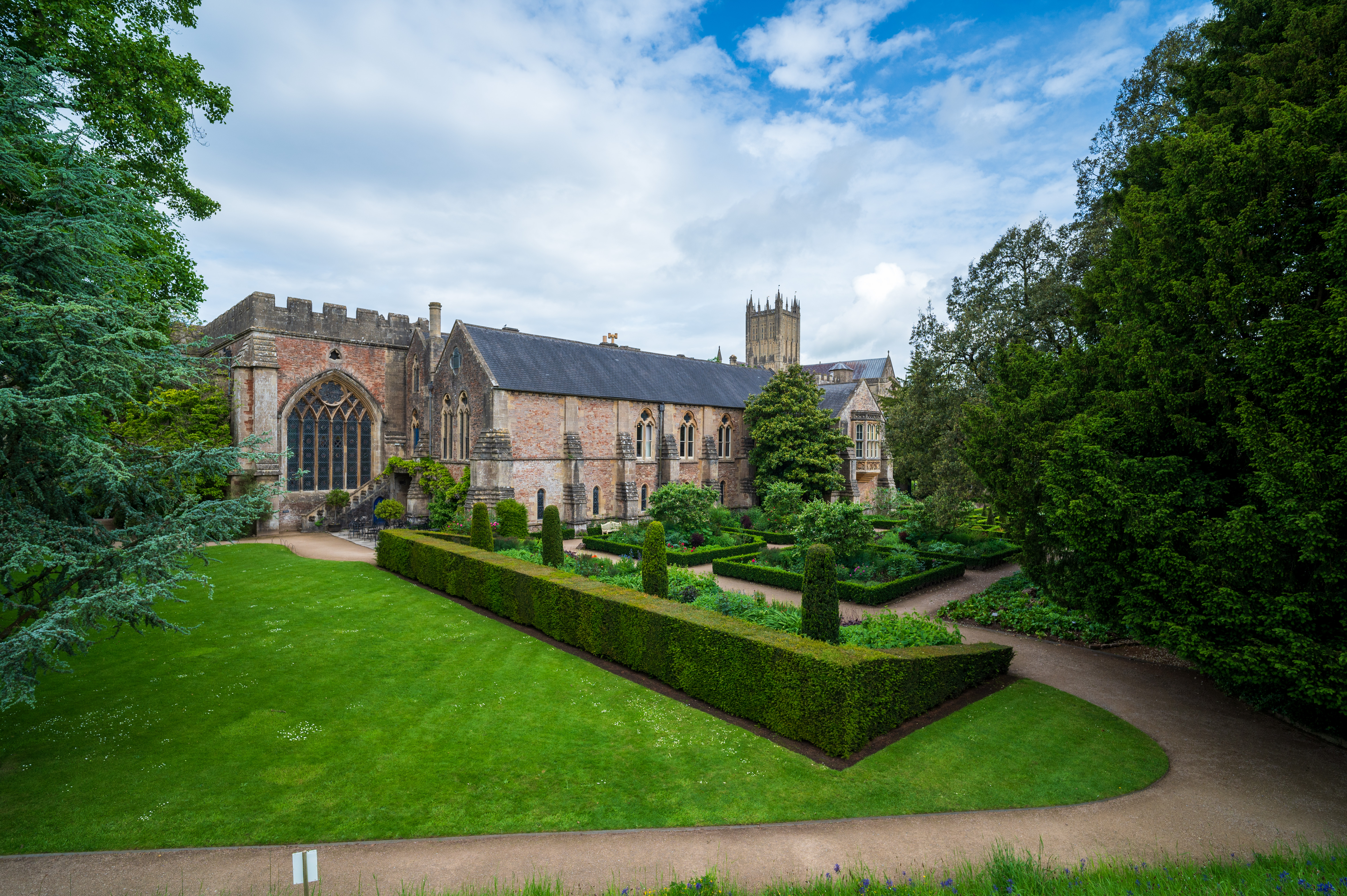
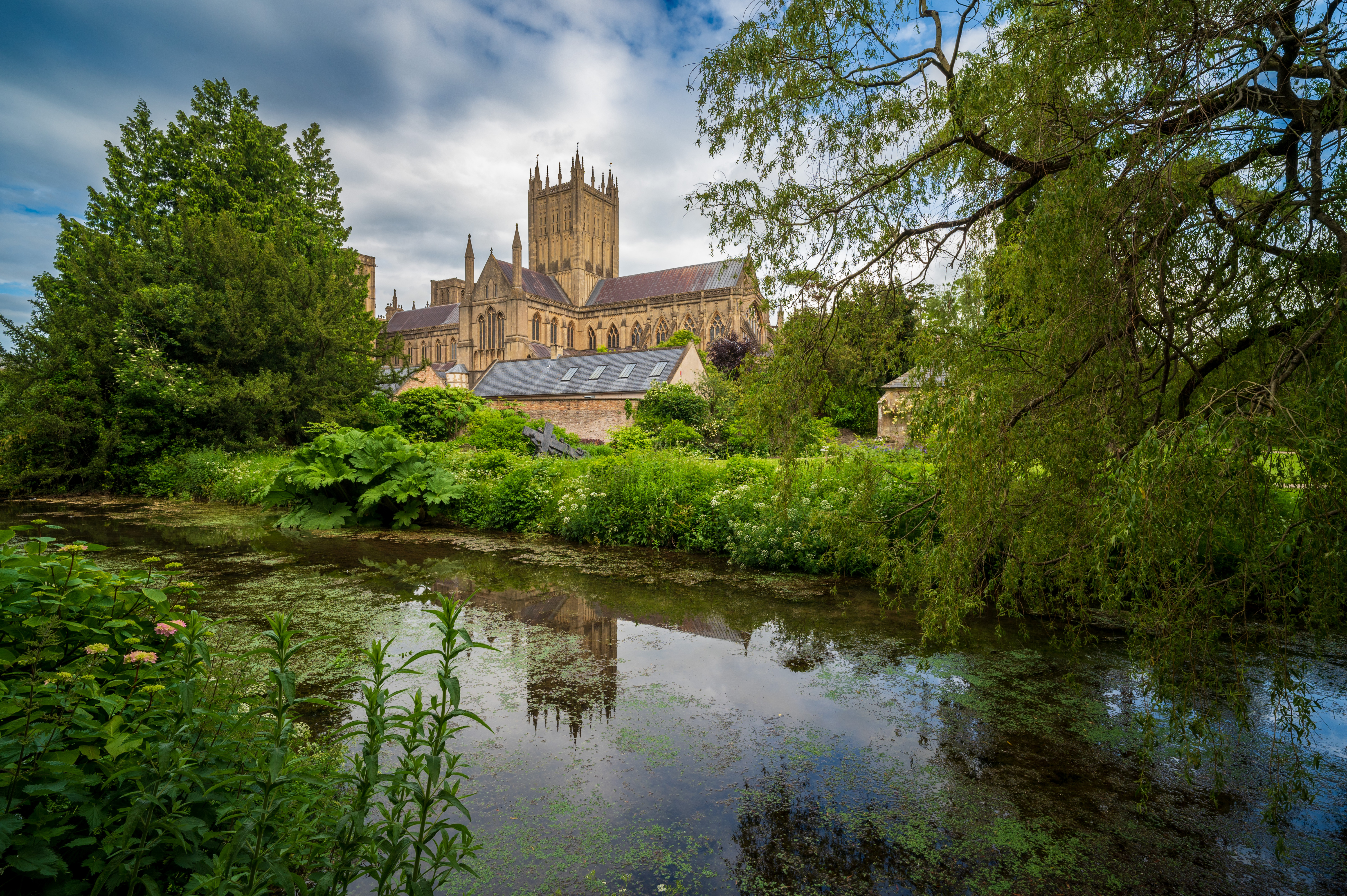

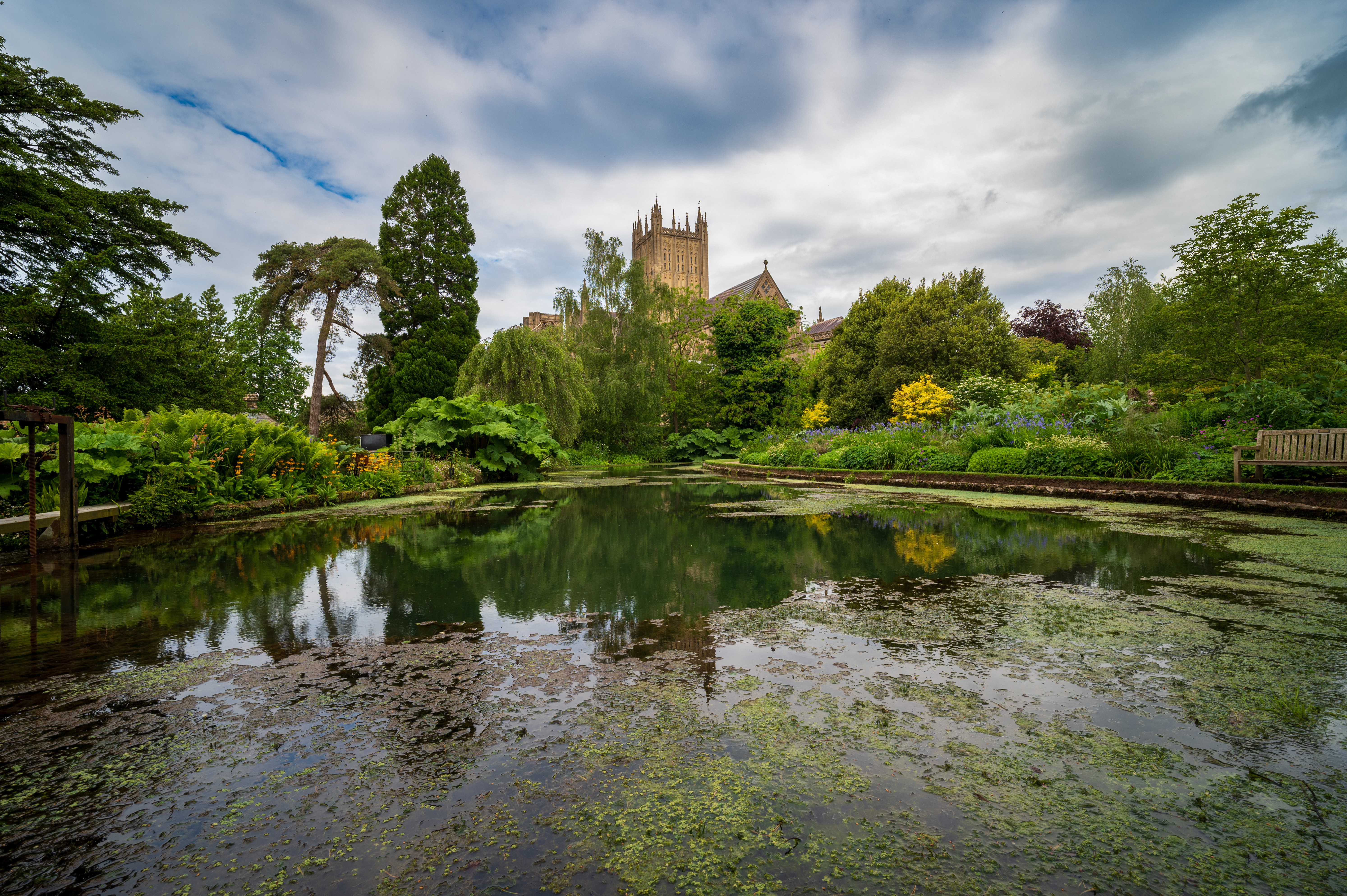
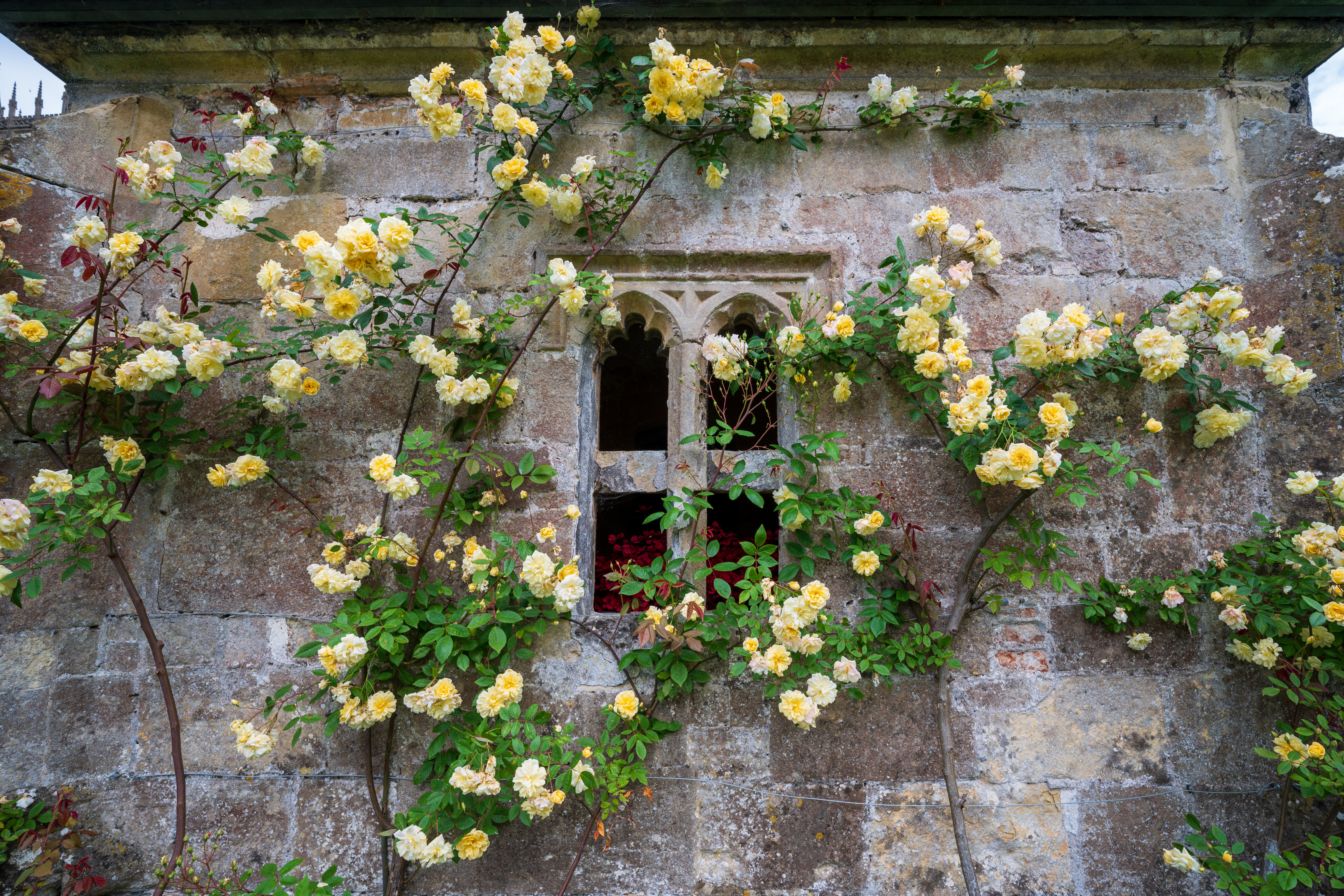


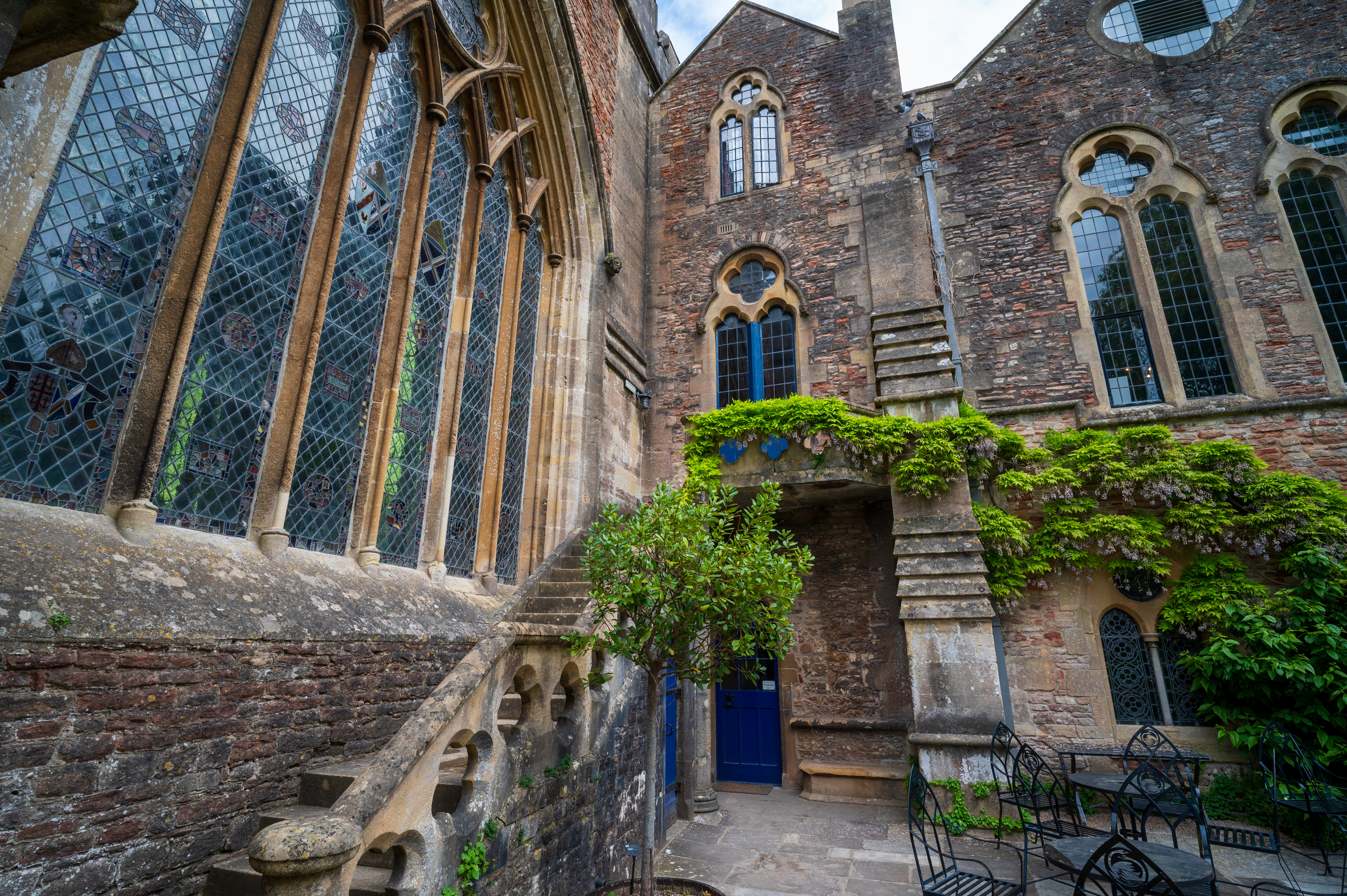
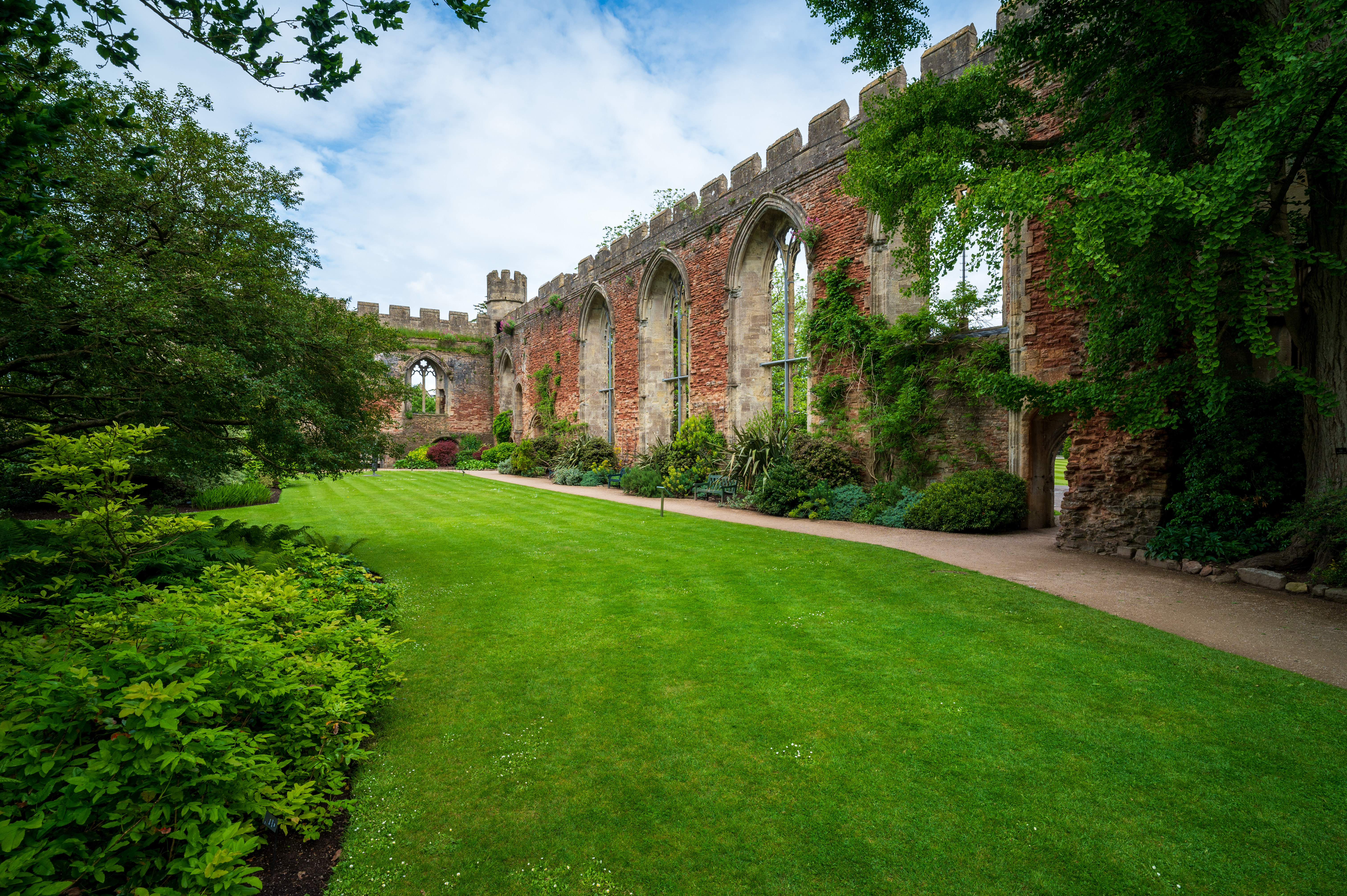
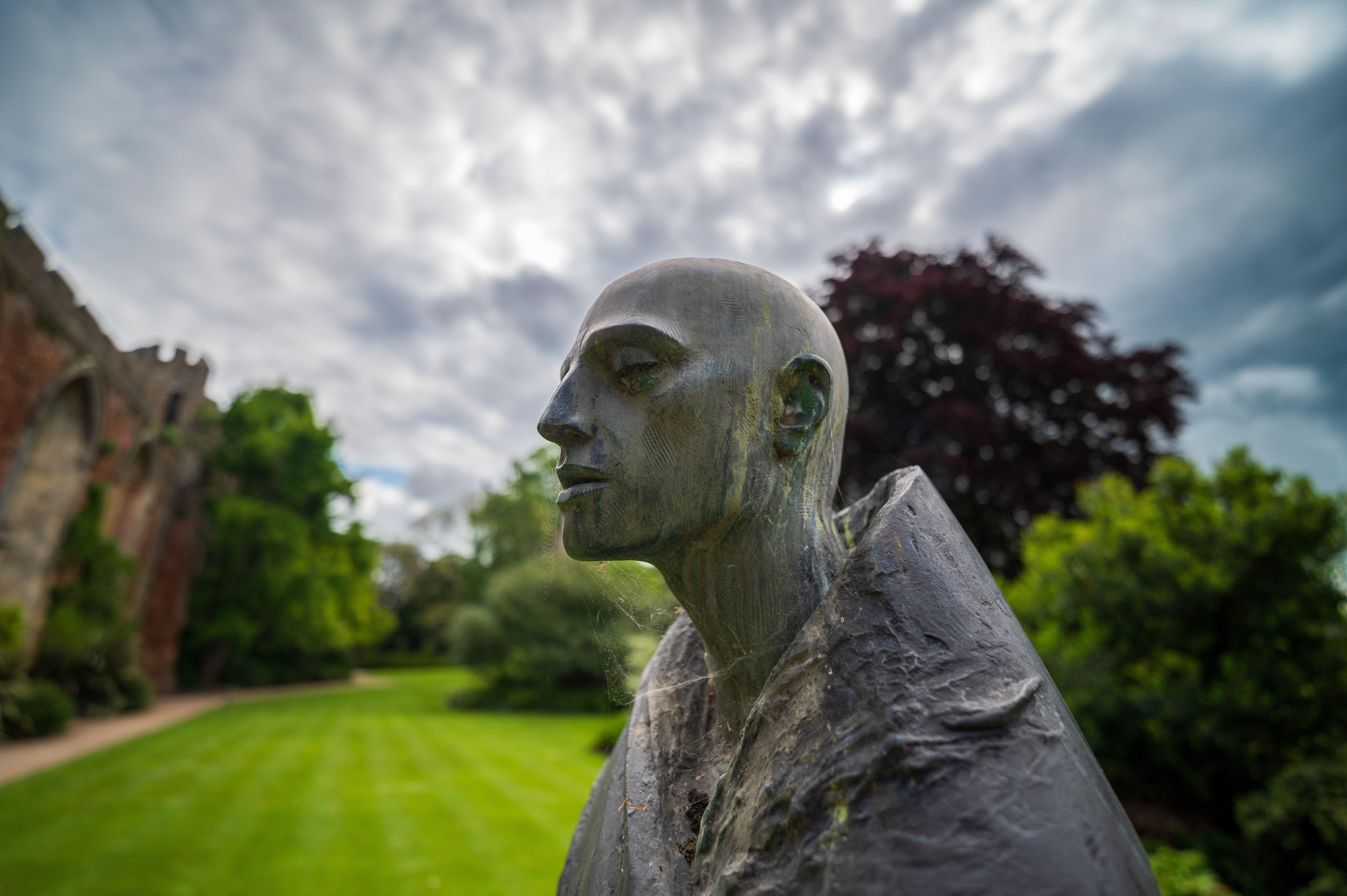
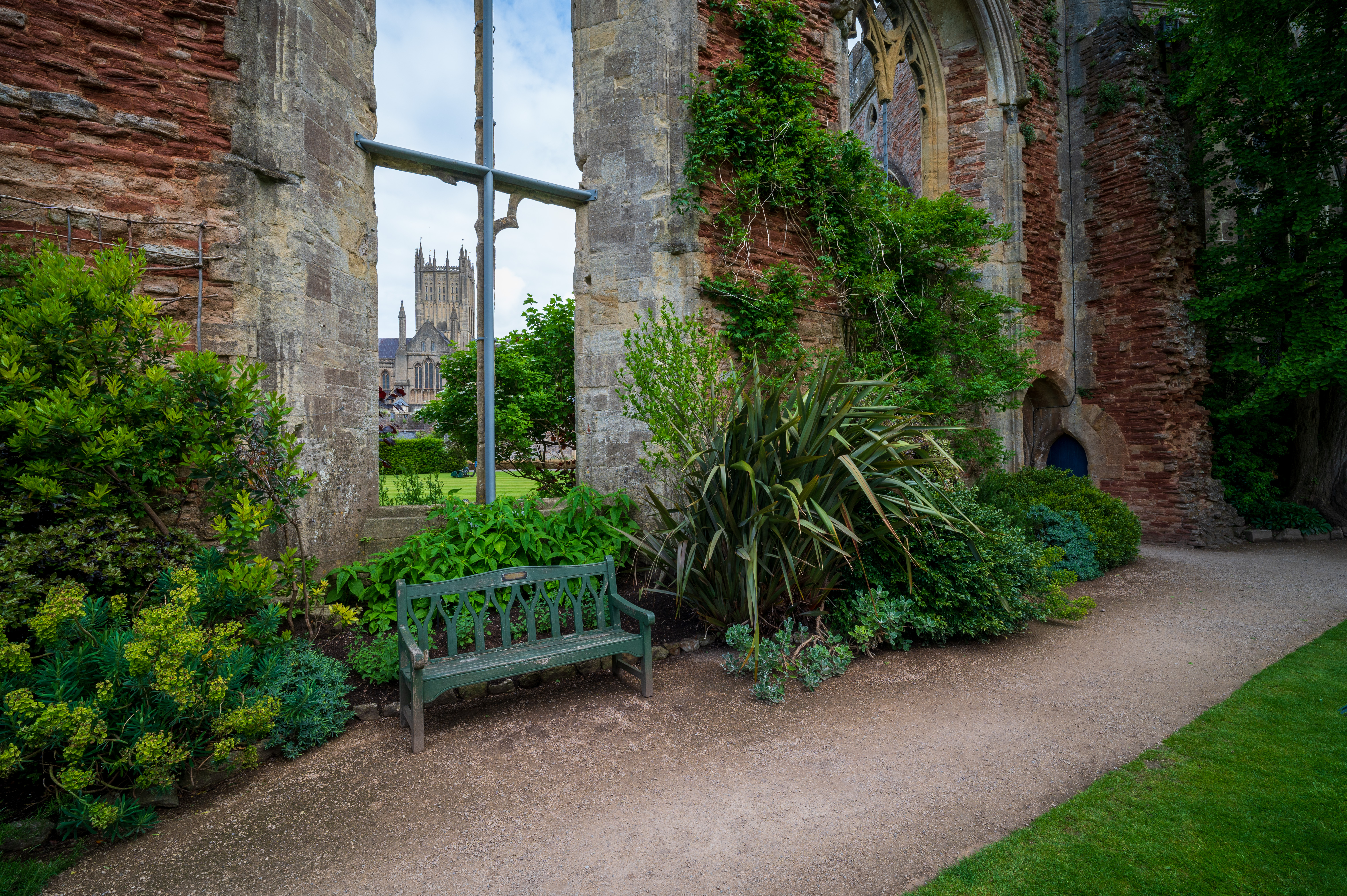

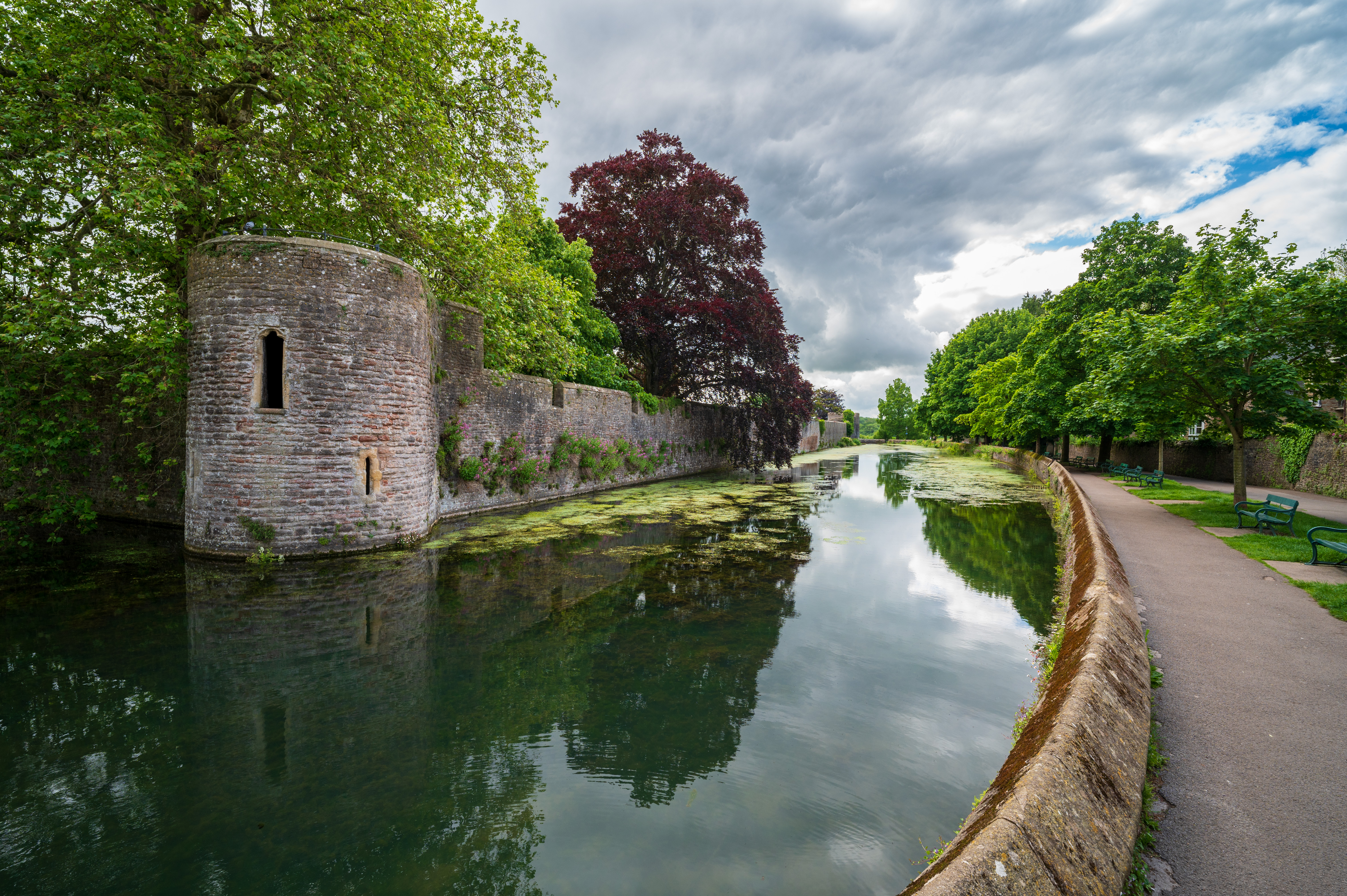

Viltrox AF 16mm F1.8: Lab Results
We run a range of lab tests under controlled conditions, using the Imatest Master testing suite. Photos of test charts are taken across the range of apertures and zooms (where available), then analyzed for sharpness, distortion and chromatic aberrations.
We use Imatest SFR (spatial frequency response) charts and analysis software to plot lens resolution at the center of the image frame, corners and mid-point distances, across the range of aperture settings and, with zoom lenses, at four different focal lengths. The tests also measure distortion and color fringing (chromatic aberration).
Sharpness:
Center-sharpness is fabulous and edge-sharpness is very good, even shooting wide-open at f/1.8. Sharpness across the whole frame is really impressive for such a wide-angle lens, at apertures between f/4 and f/8.
Fringing:
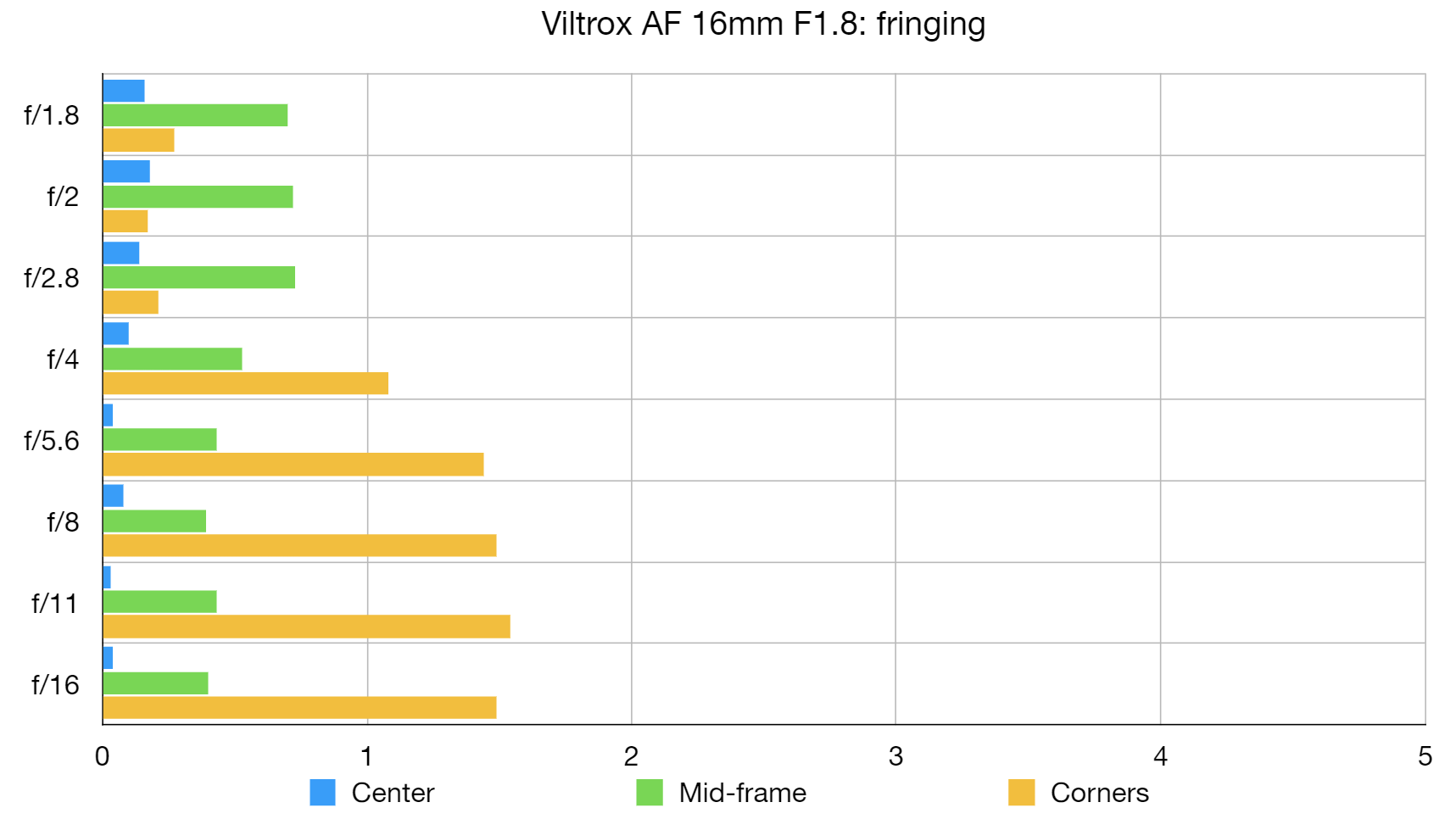
Color fringing is absolutely negligible at wide apertures between f/1.8 and f/2.8. It still barely perceptible at narrower apertures, even without automatic in-camera correction.
Distortion: -1.08
It’s not quite a zero-distortion lens but, compared with many wide-angle lenses that I’ve seen for mirrorless cameras, barrel distortion is only very slight. That’s a big difference to all of the recent lenses that rely entirely on automatic in-camera correction. The Viltrox produces entirely usable results with no correction applied whatsoever.
Viltrox AF 16mm F1.8: Verdict
I’ve become something of a Viltrox convert. I’ve reviewed more lenses than I can remember but have been so impressed with several Viltrox lenses over the last couple of years that I’ve bought them to add to my permanent collection. The full-frame compatible 16mm F1.8 is pricier than most of its stablemates but still exceptional value for money, considering its superb image quality, refined handling and its host of features that even includes a color LCD display. For me, the lens is an absolute keeper.
| Features | There’s an aperture ring, function buttons and even a color LCD screen. | ★★★★★ |
| Design | It has a strong metal barrel, extensive weather-seals and great handling. | ★★★★★ |
| Performance | From fast, accurate autofocus to excellent image quality, performance is excellent. | ★★★★★ |
| Value | It’s pricier than most Viltrox lenses but still an absolute bargain. | ★★★★★ |
Should you buy the Viltrox AF 16mm F1.8?
✅ Buy this...
- You want a fast, wide-angle prime that’s ideal for architectural interiors and astrophotography, as well as for landscapes and general shooting.
- You want a lens that has a rich feature set and highly sophisticated handling characteristics at a bargain price.
🚫 Don't buy this...
- You’d rather have an even wider viewing angle, as offered by some prime and zoom lenses, and don’t mind generally missing out on a filter attachment thread.
- You’d prefer the versatility of a zoom rather than prime lens, and don’t mind having a slower aperture rating.
Alternatives
The Nikon Z 20mm F1.8 S is reasonably priced for an own-brand lens, although it’s still twice the price of the Viltrox. The viewing angle isn’t as generous, at 94 degrees compared with 105.6 degrees but the Nikon has the same 77mm filter attachment thread.
The much pricier Sony FE 14mm F1.8 G Master matches the Viltrox for aperture rating but goes even wider, with a viewing angle of 114 degrees. It’s a little more lightweight than the Viltrox but has an integral hood so there’s no filter attachment thread, just a slot in the mounting plate for gel filters.
Matthew Richards is a photographer and journalist who has spent years using and reviewing all manner of photo gear. He is Digital Camera World's principal lens reviewer – and has tested more primes and zooms than most people have had hot dinners!
His expertise with equipment doesn’t end there, though. He is also an encyclopedia when it comes to all manner of cameras, camera holsters and bags, flashguns, tripods and heads, printers, papers and inks, and just about anything imaging-related.
In an earlier life he was a broadcast engineer at the BBC, as well as a former editor of PC Guide.
